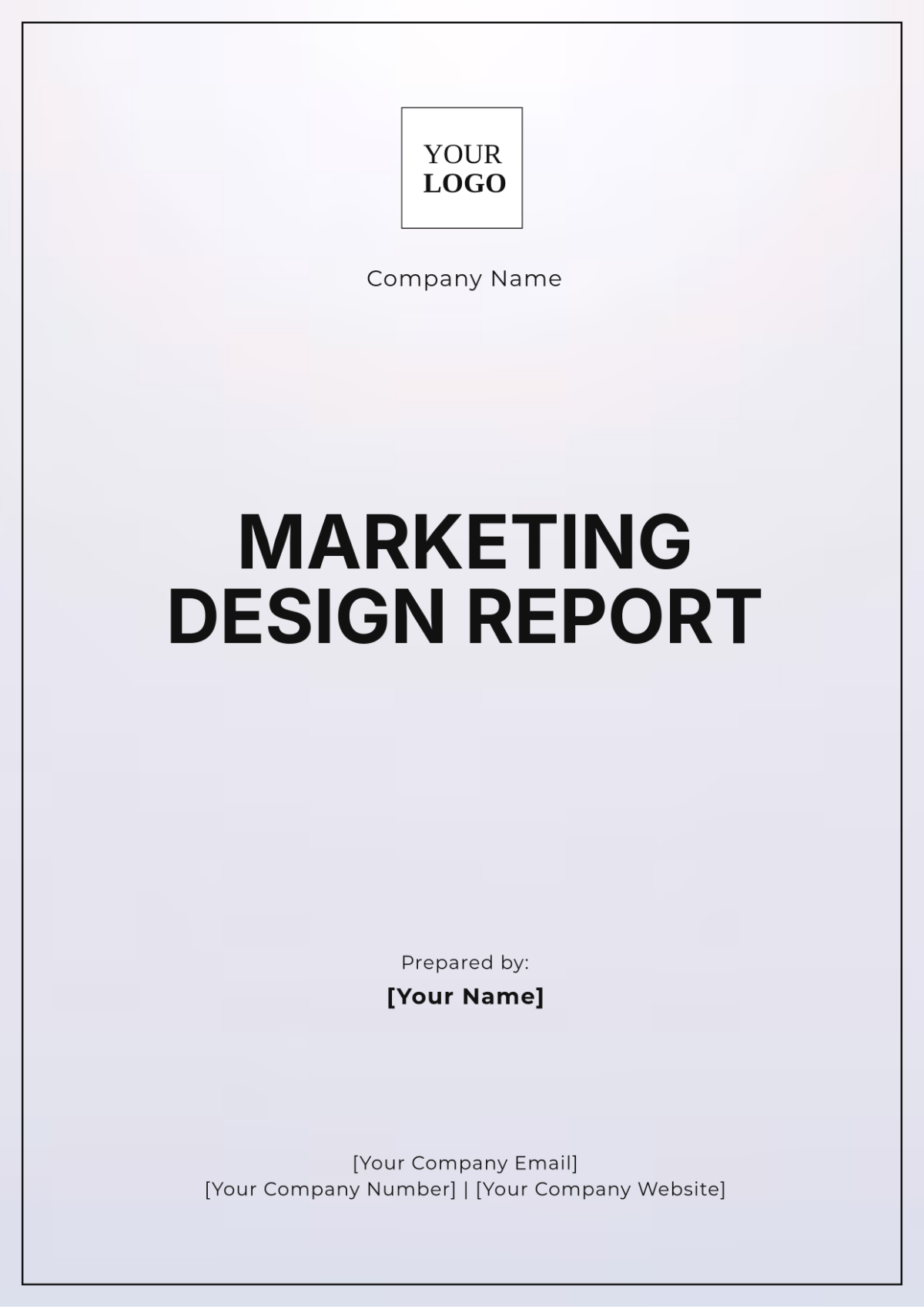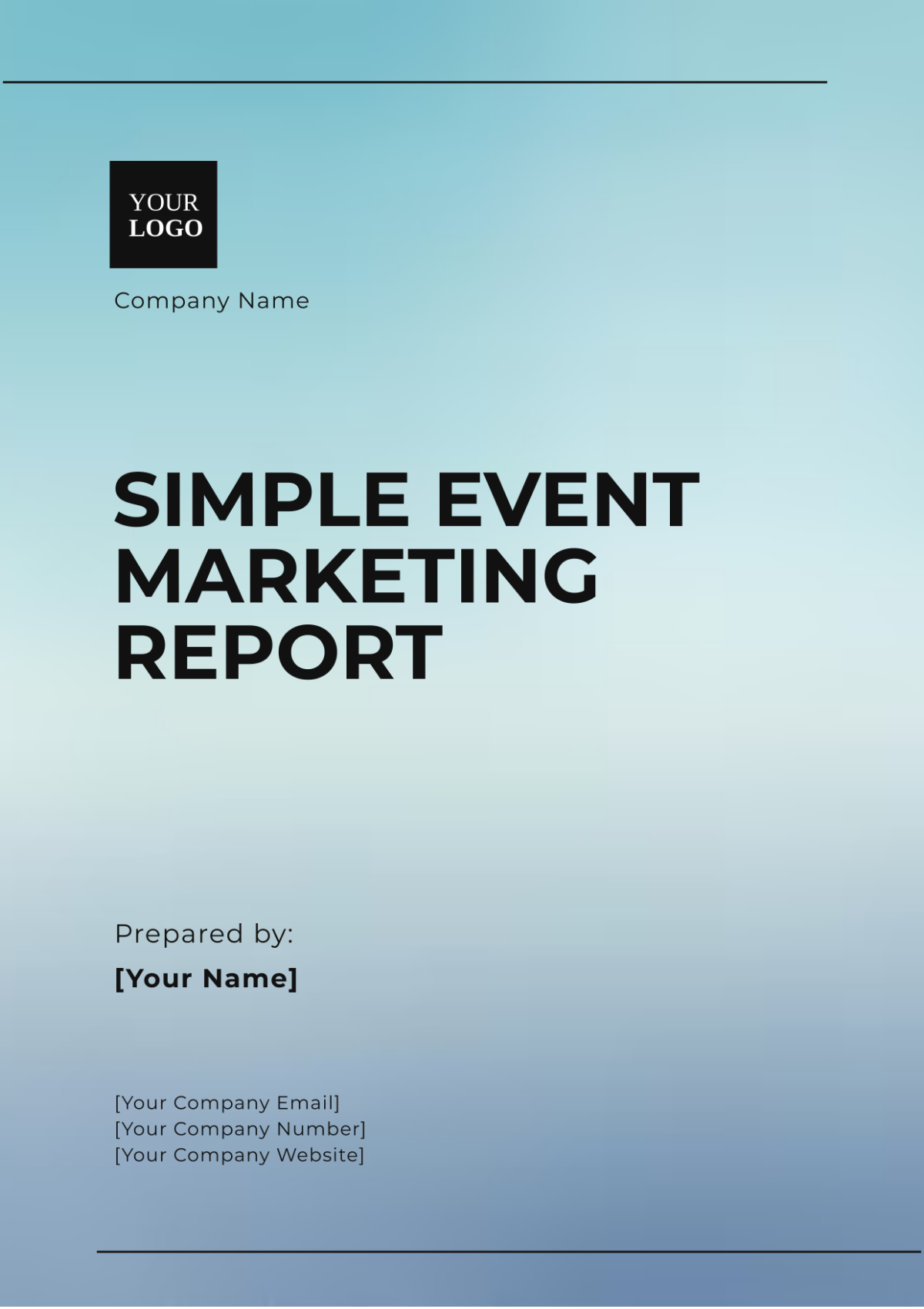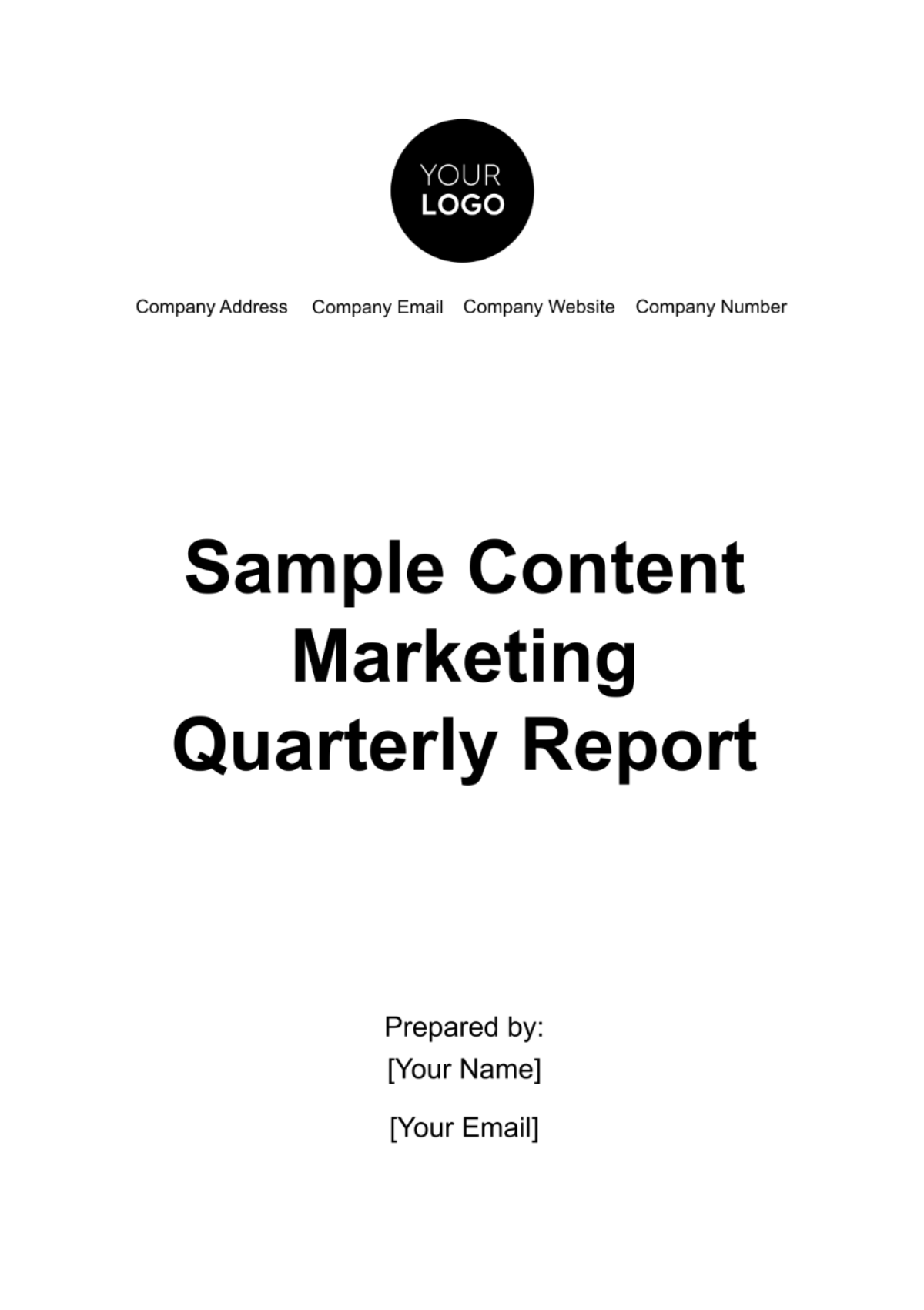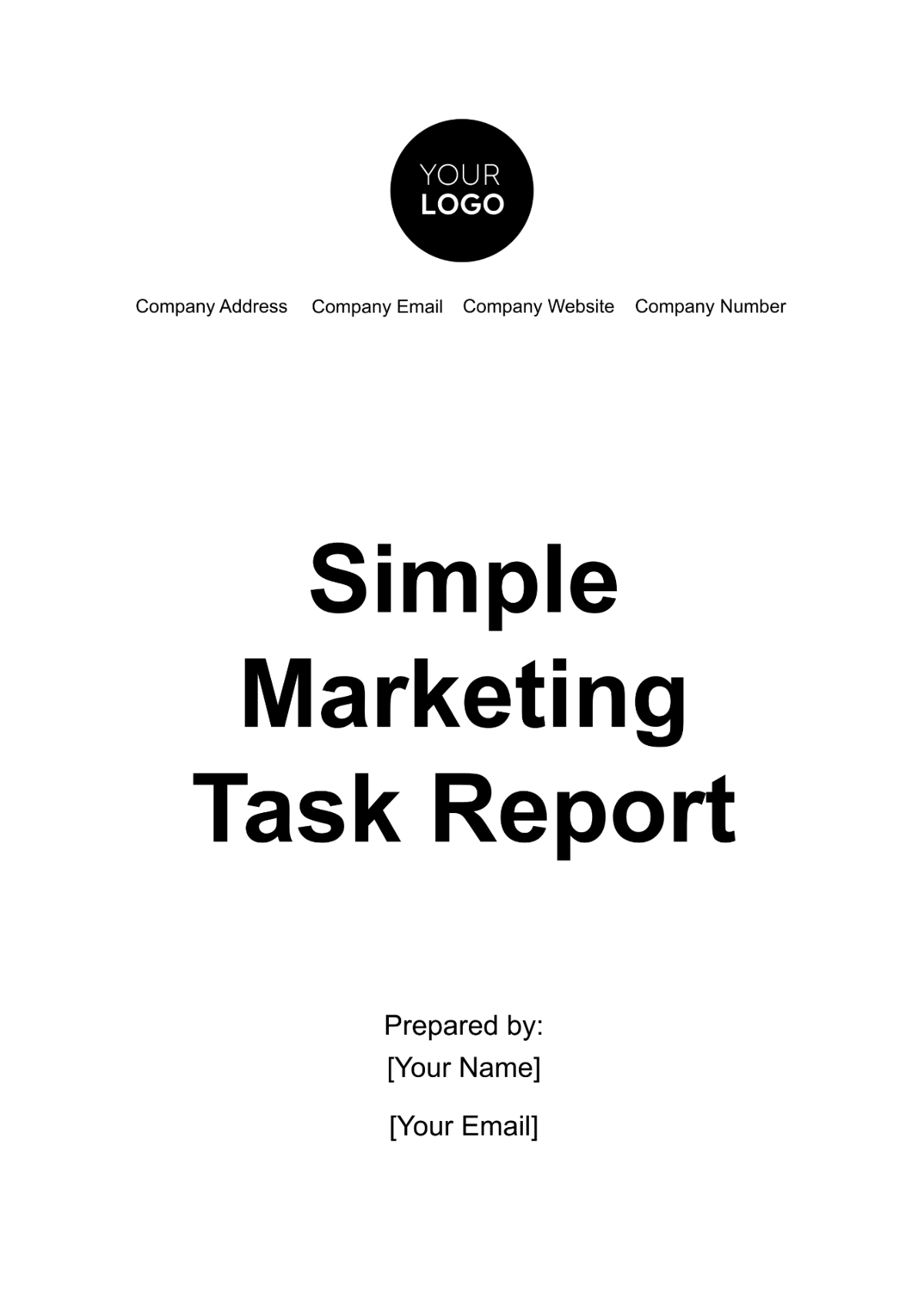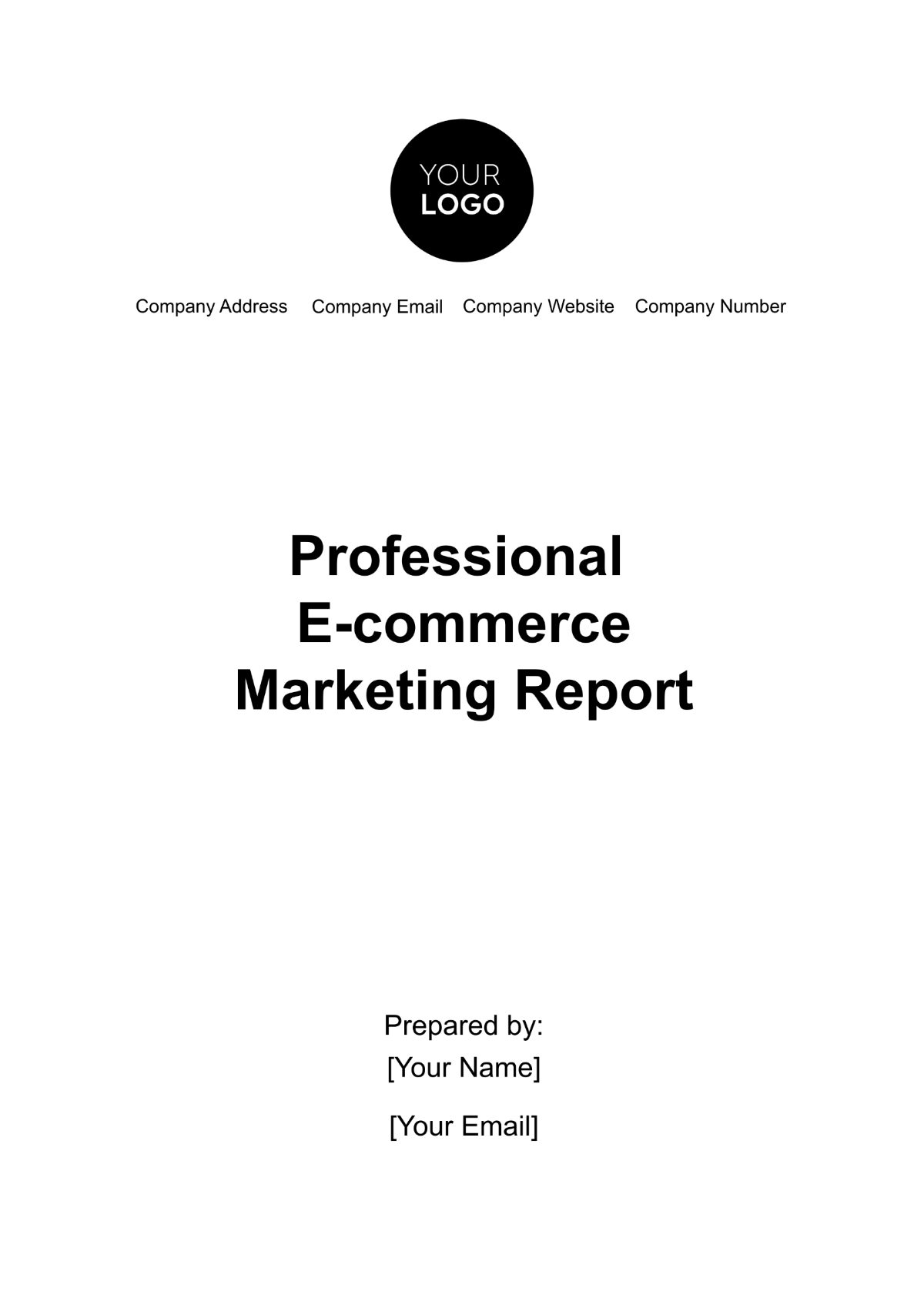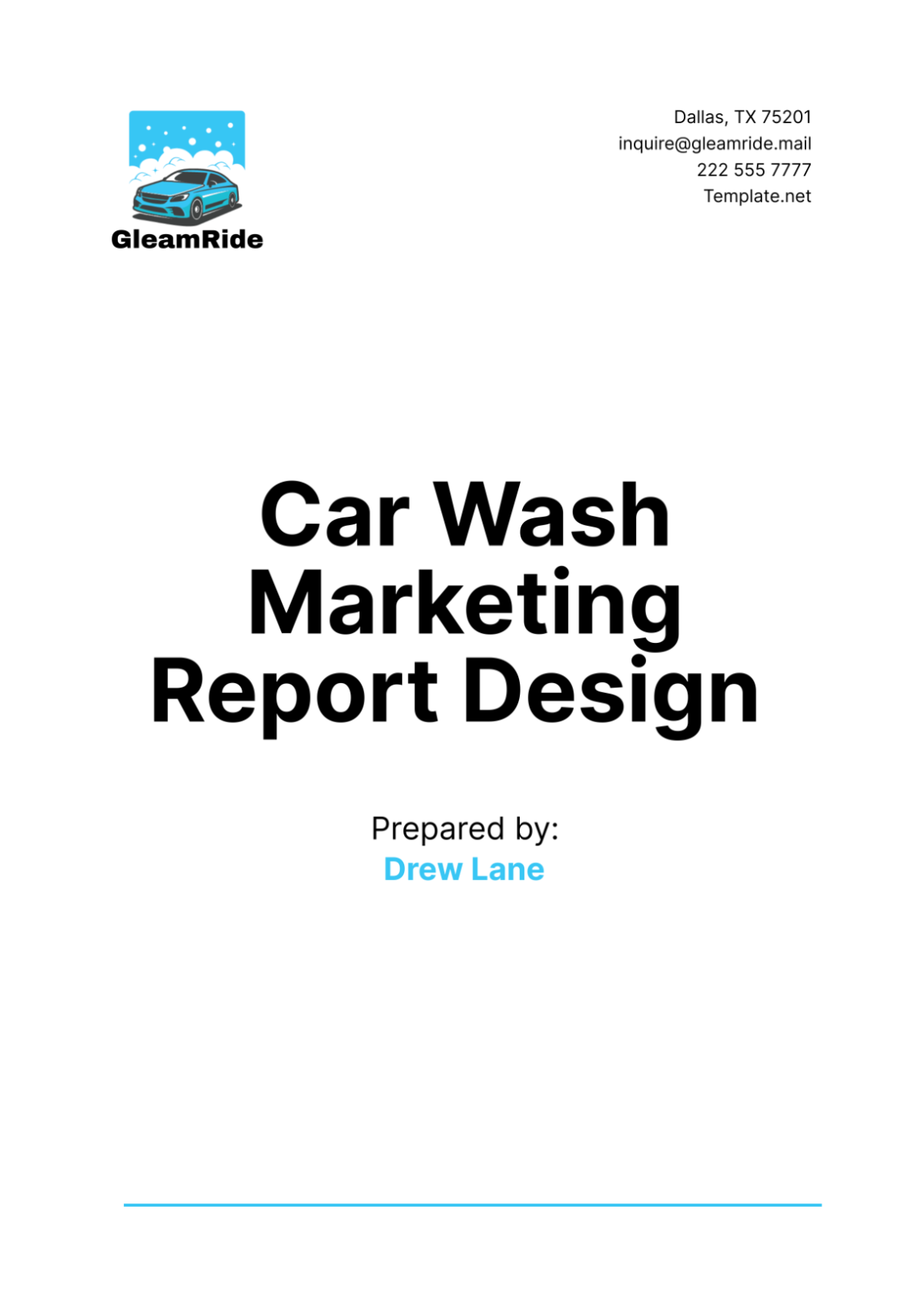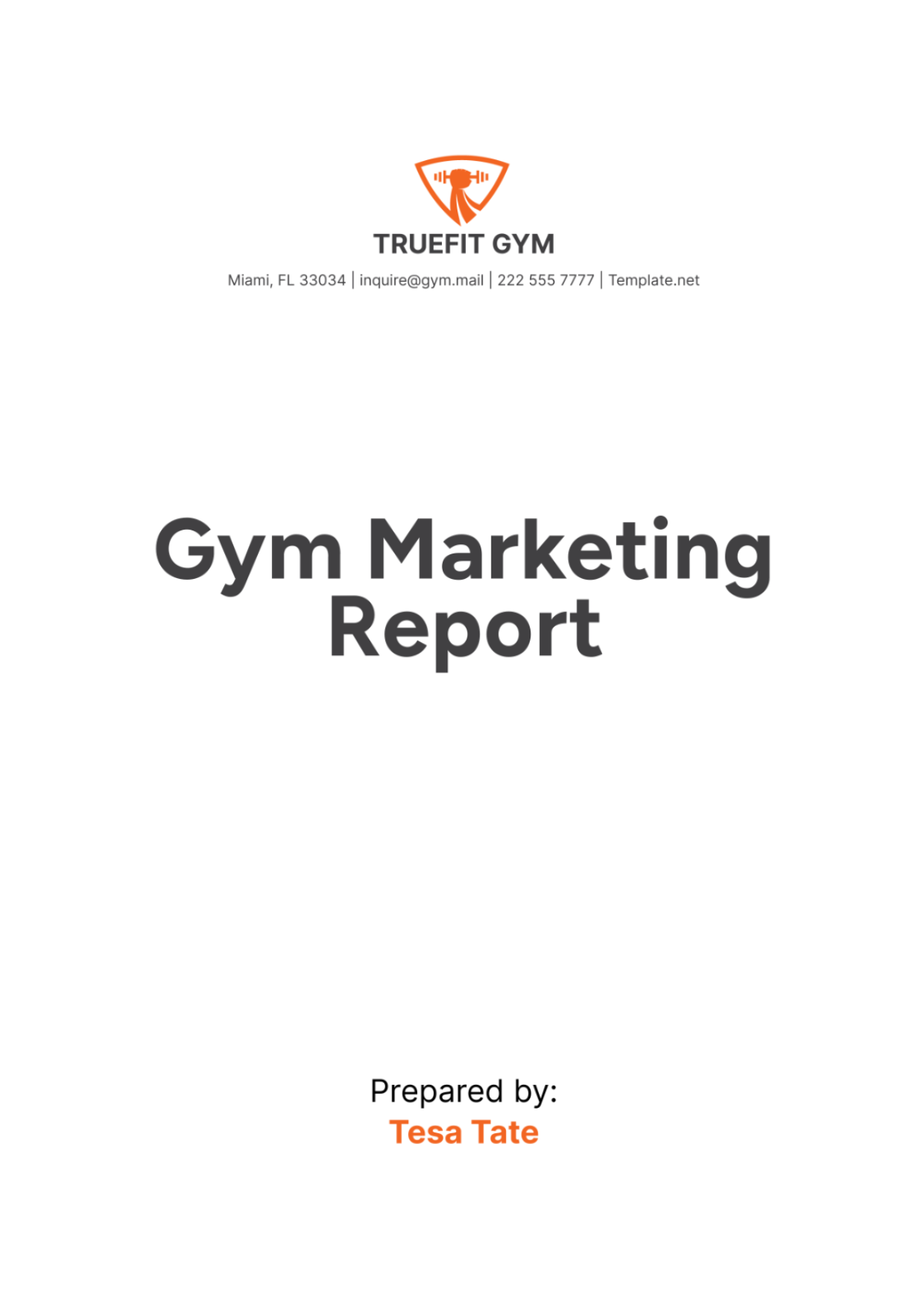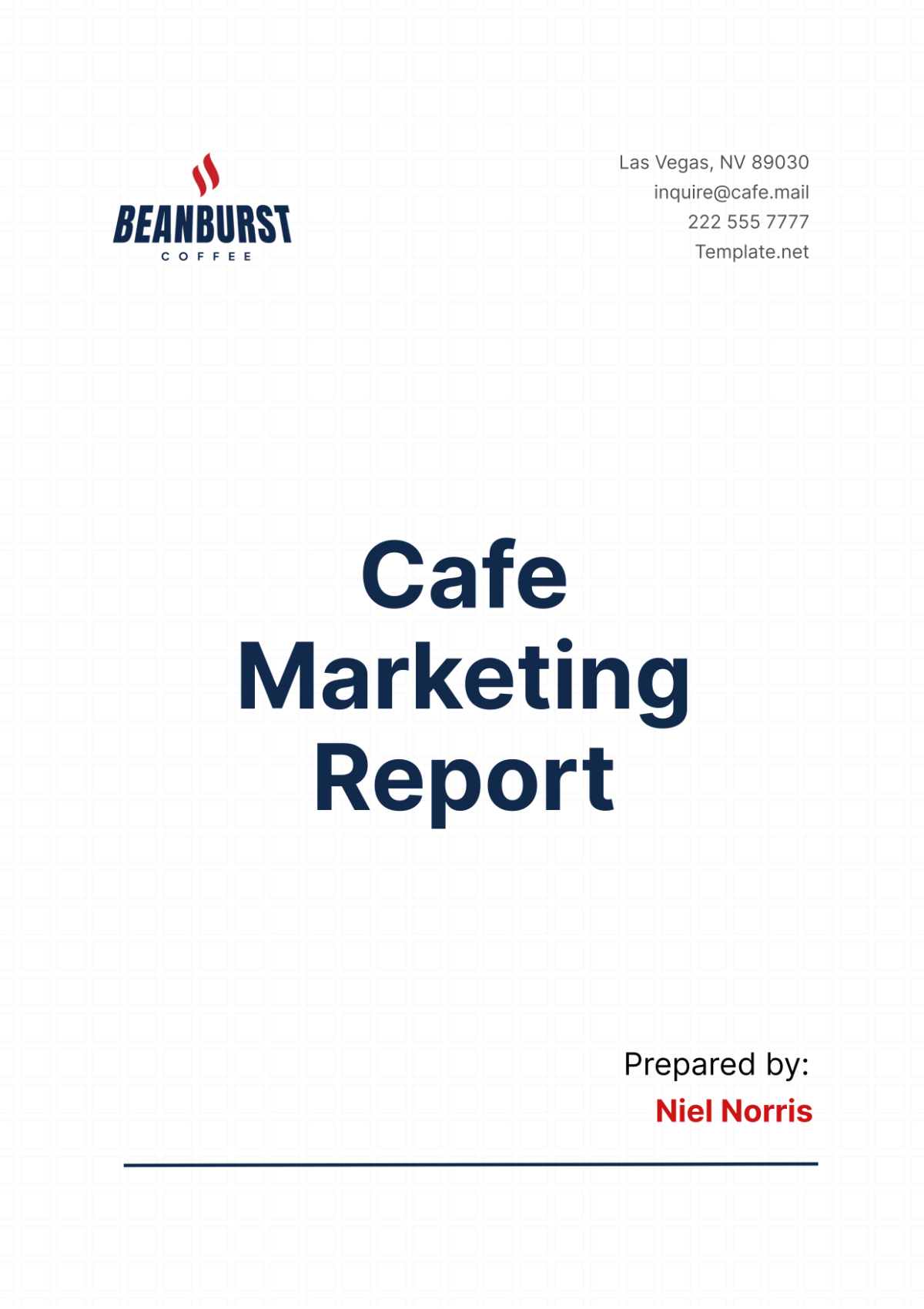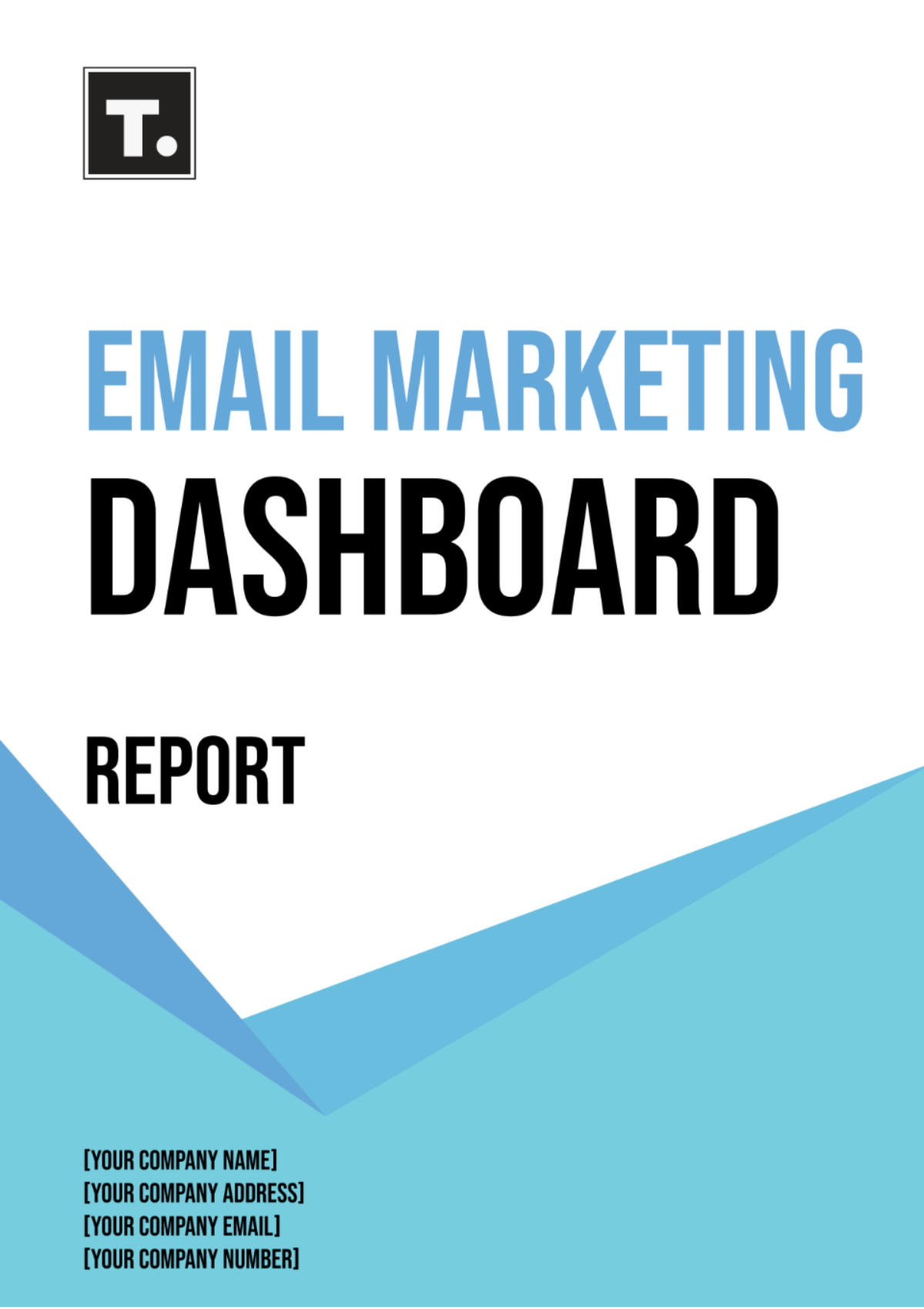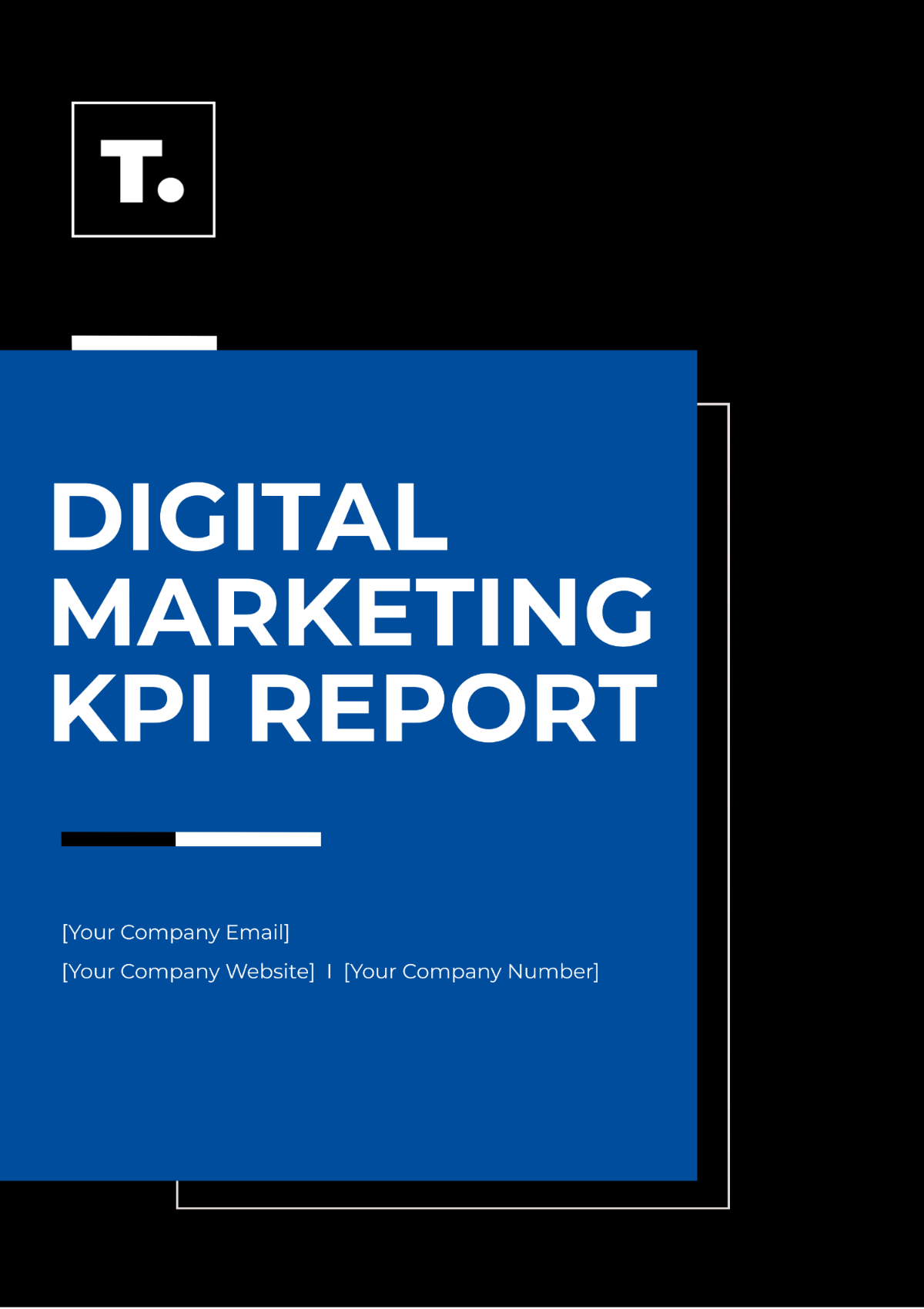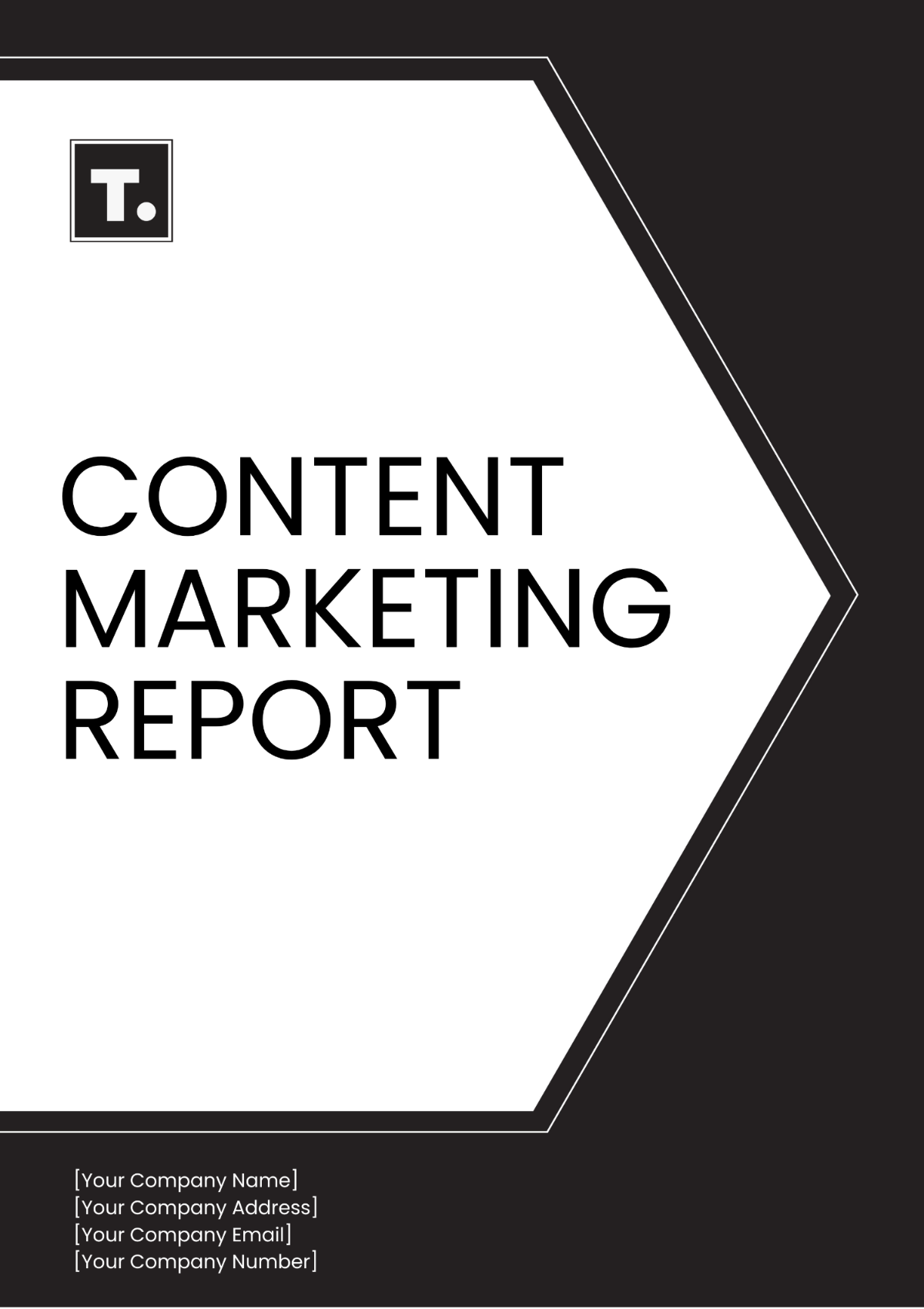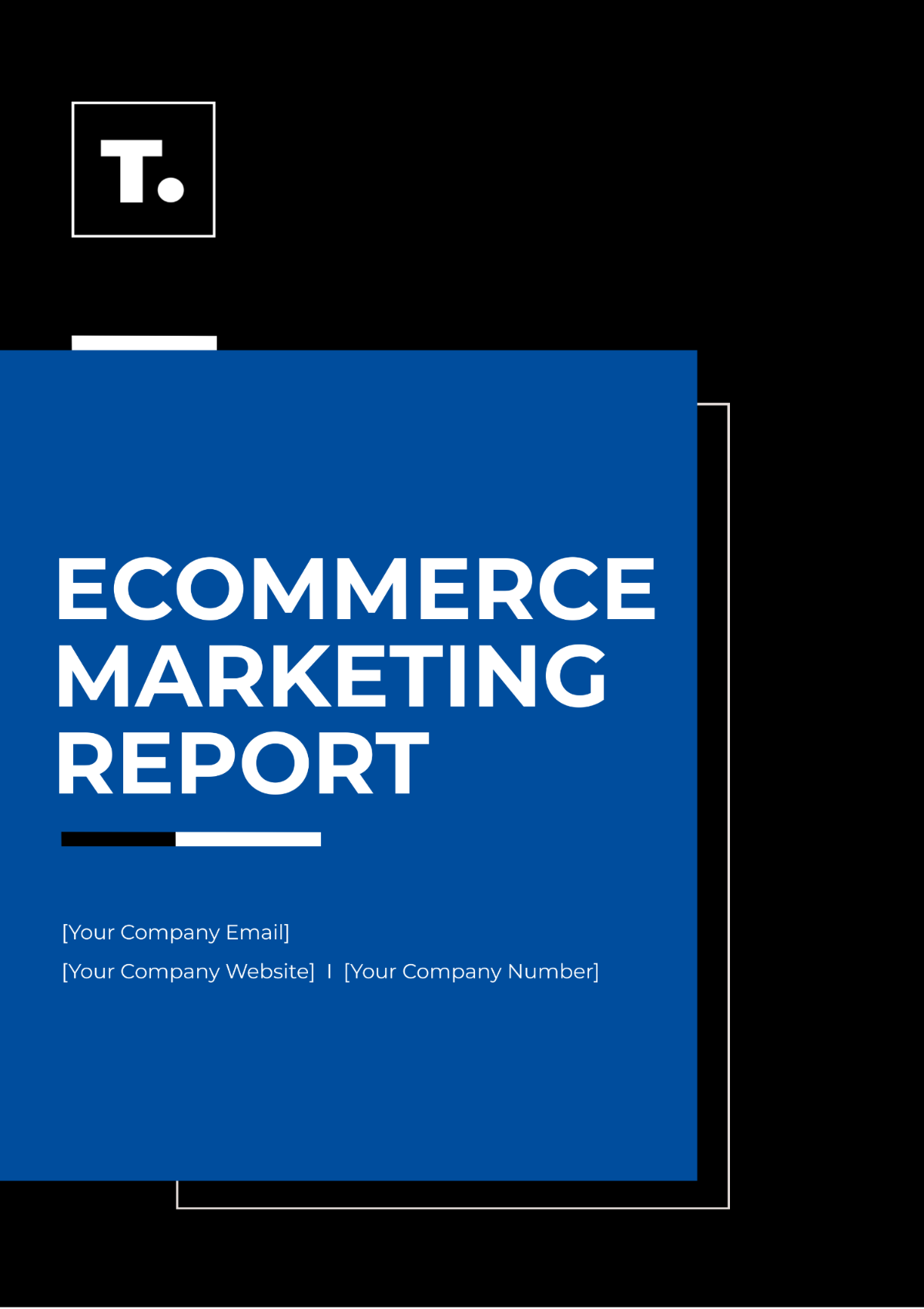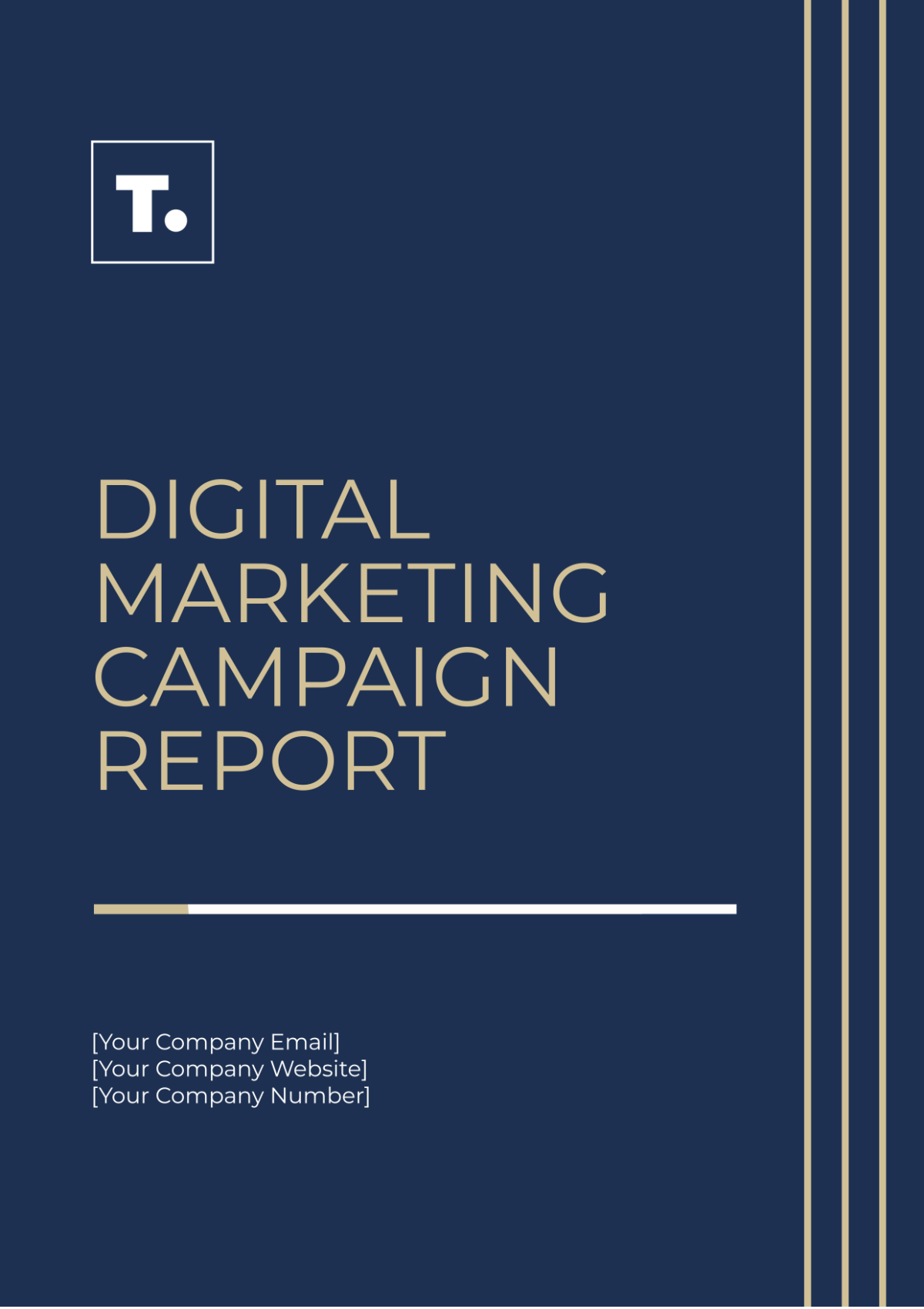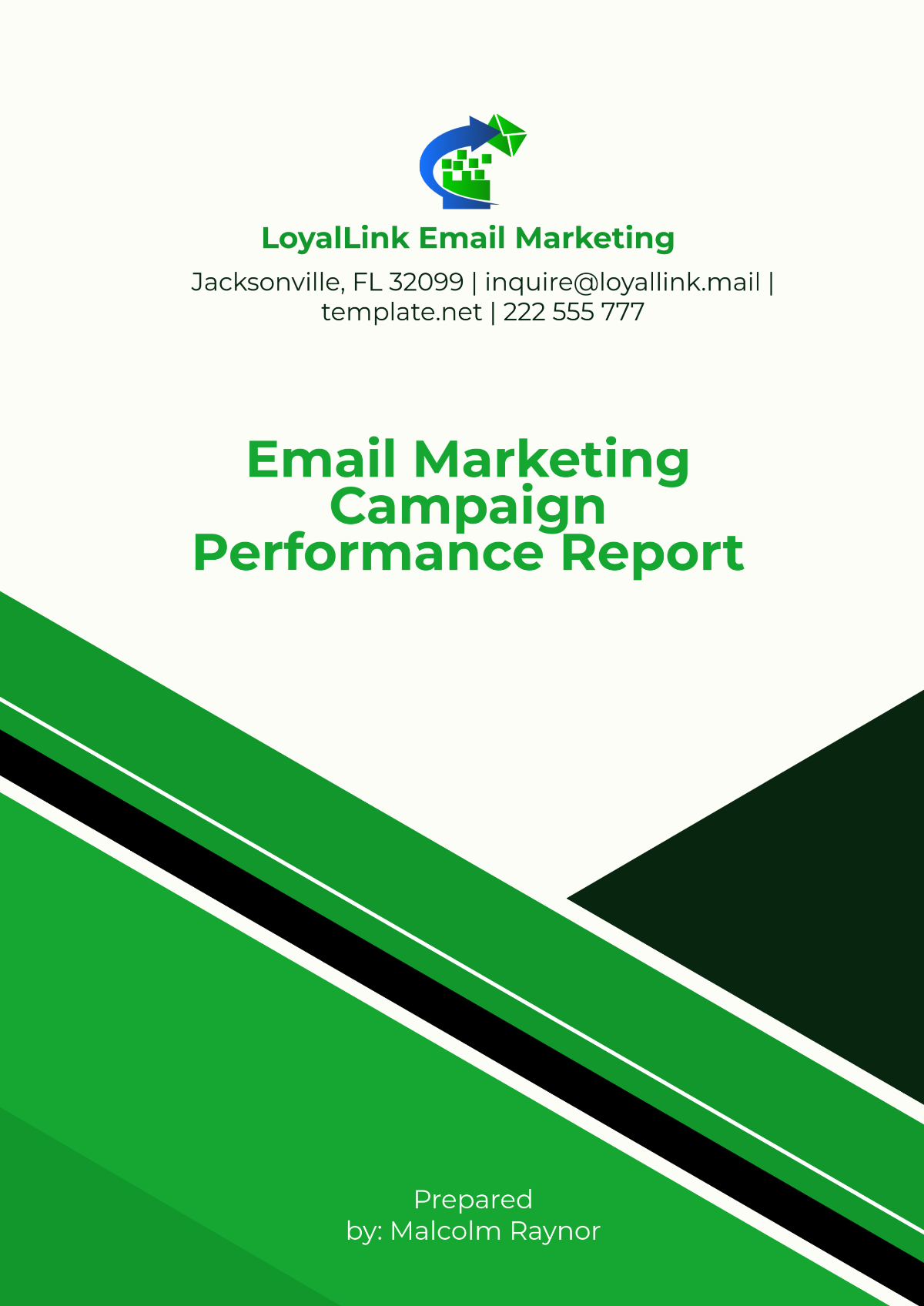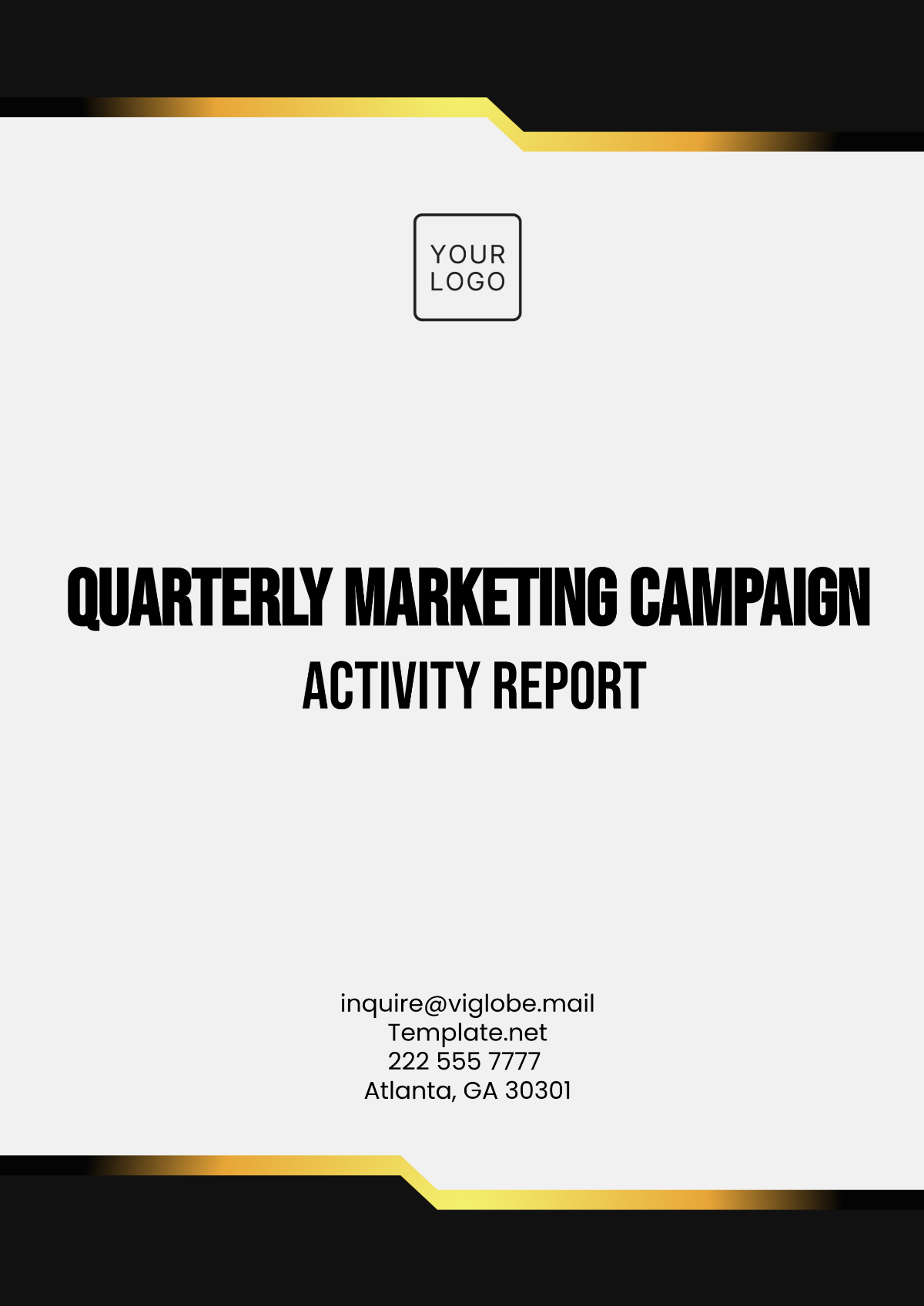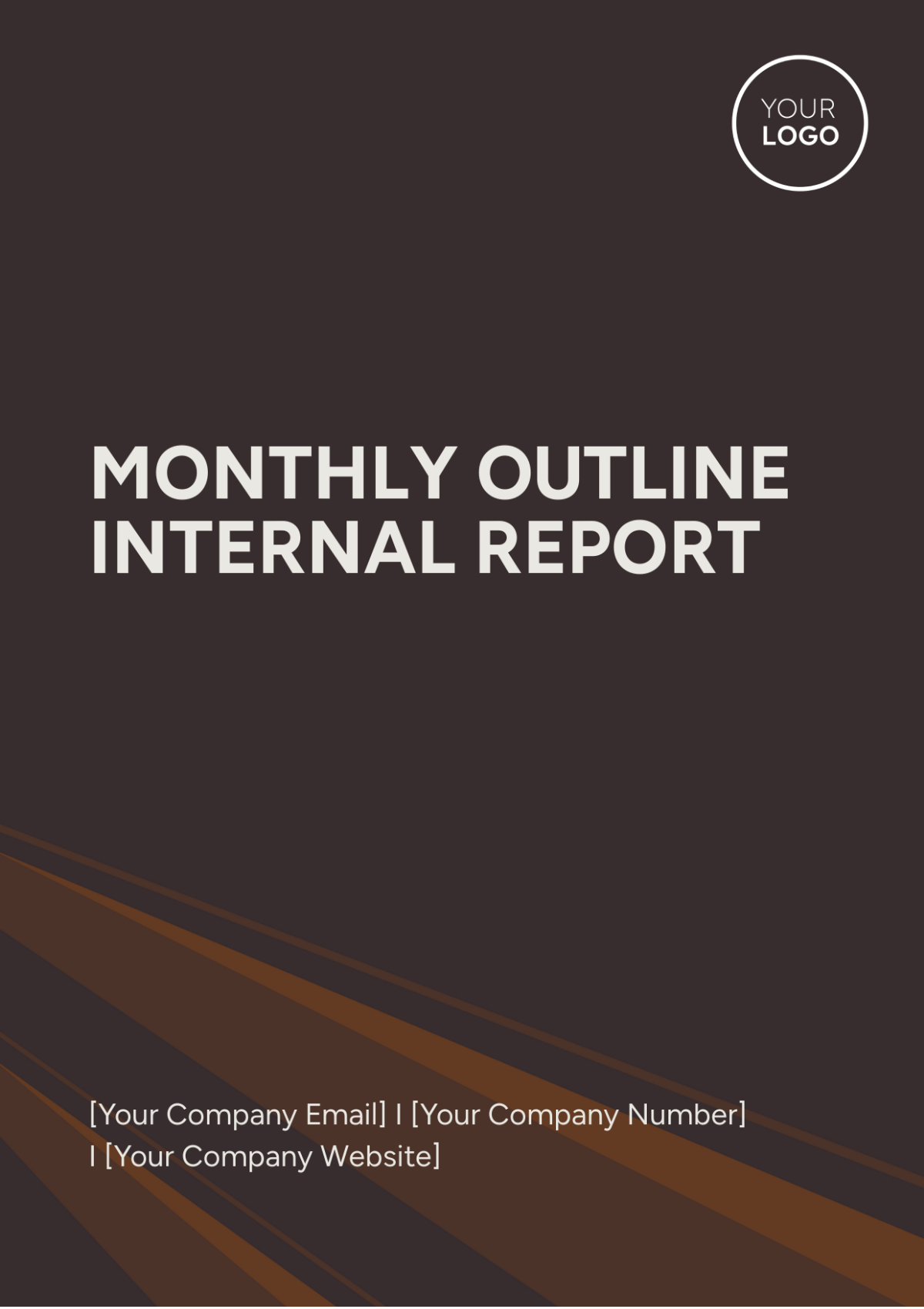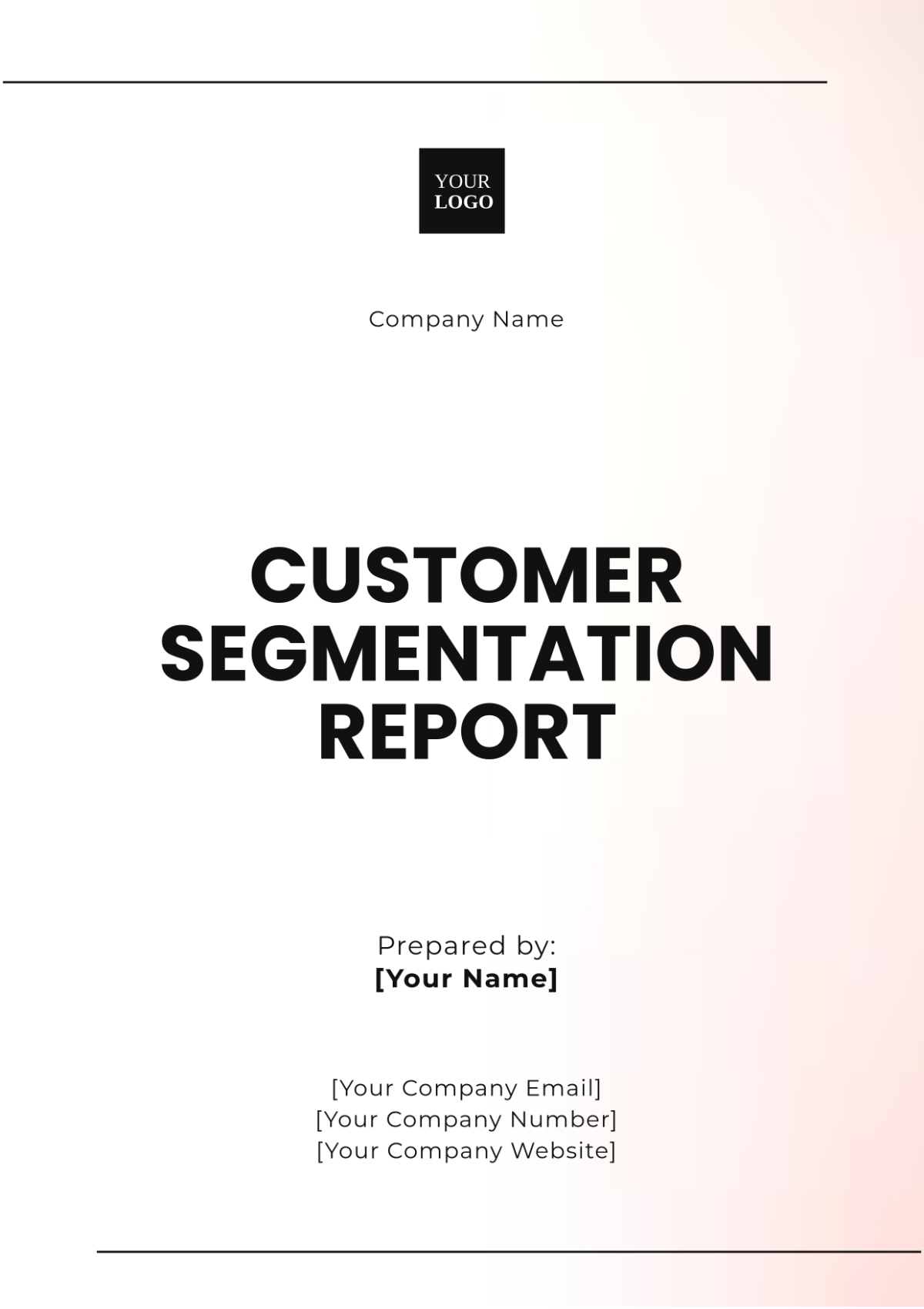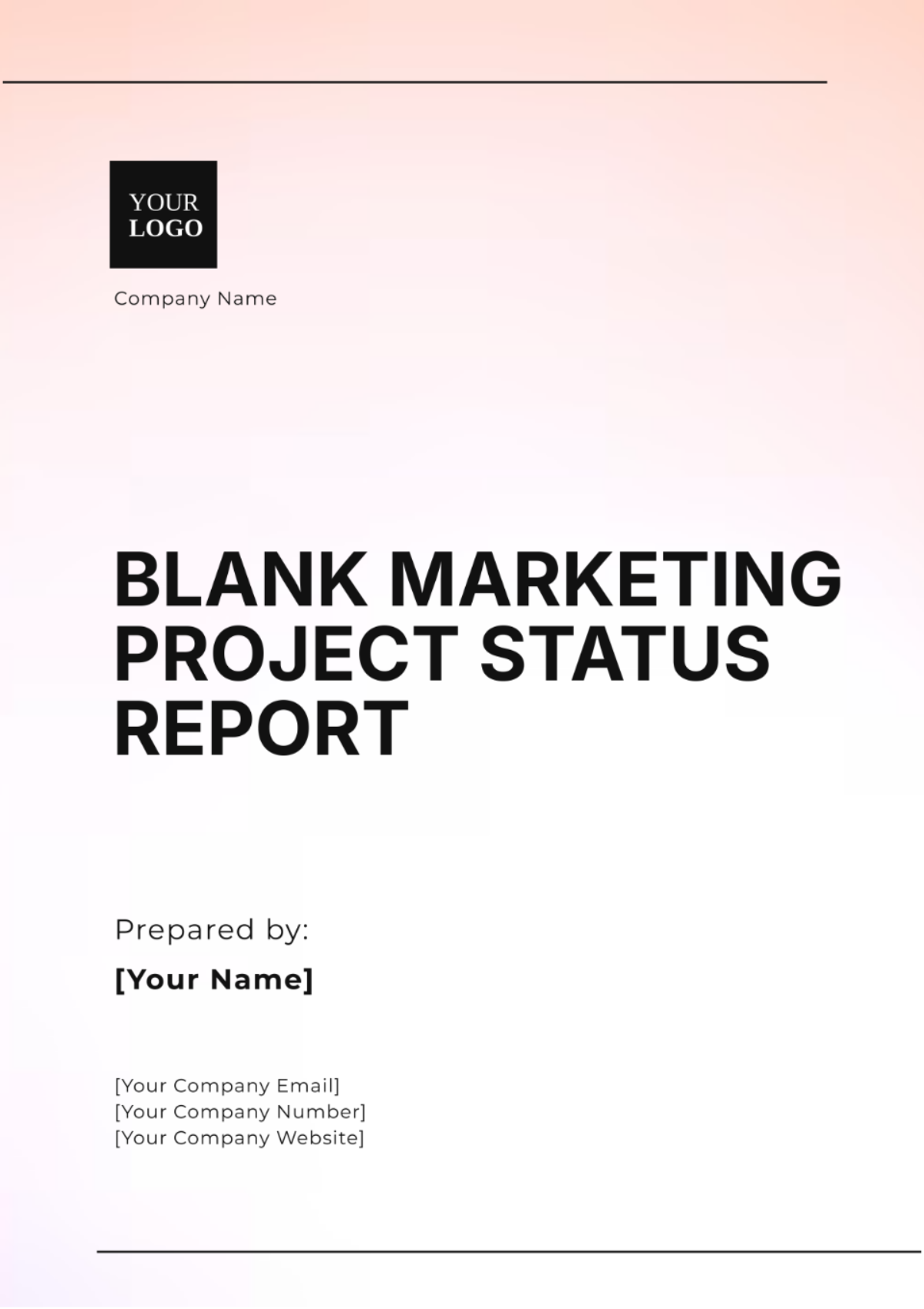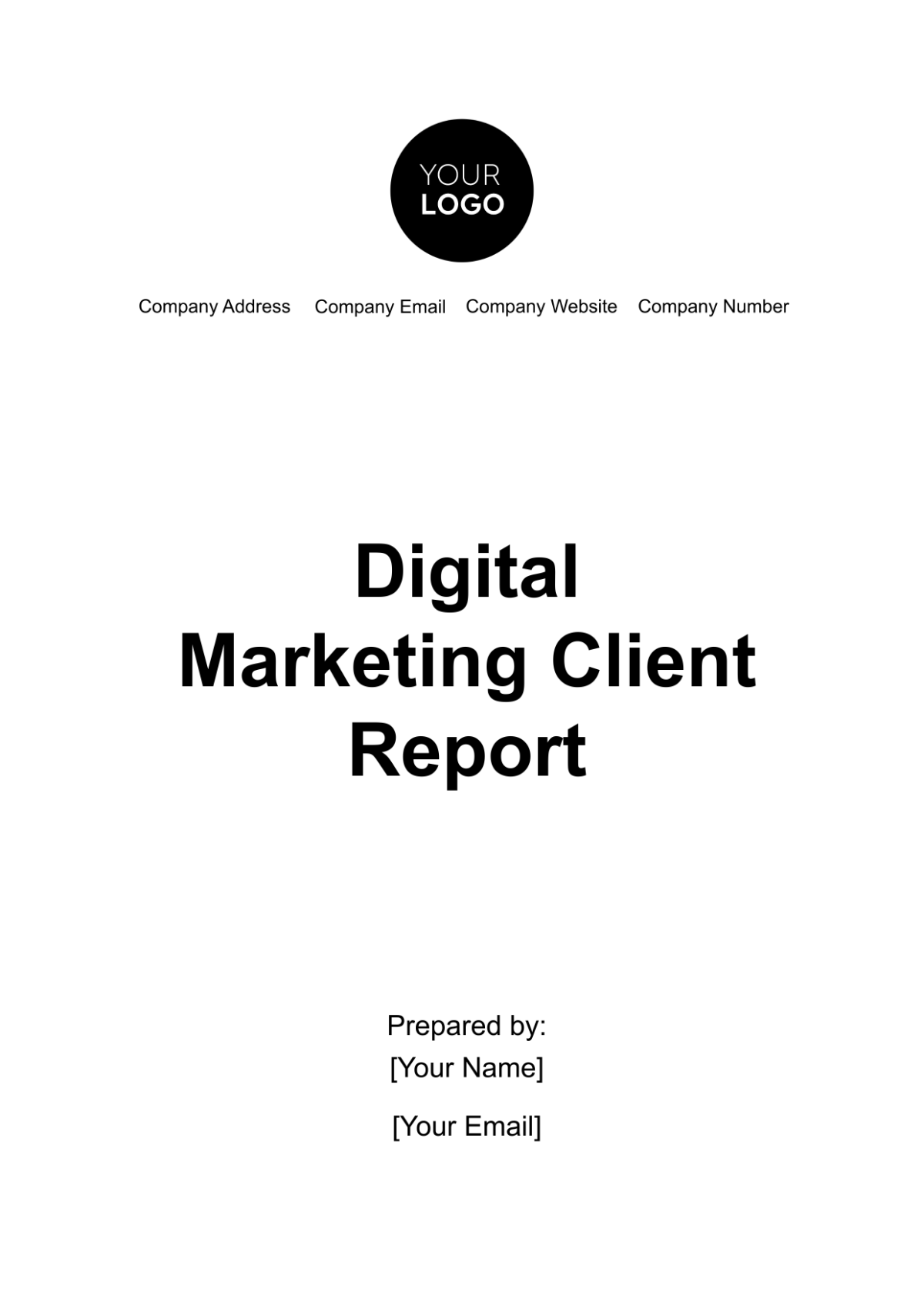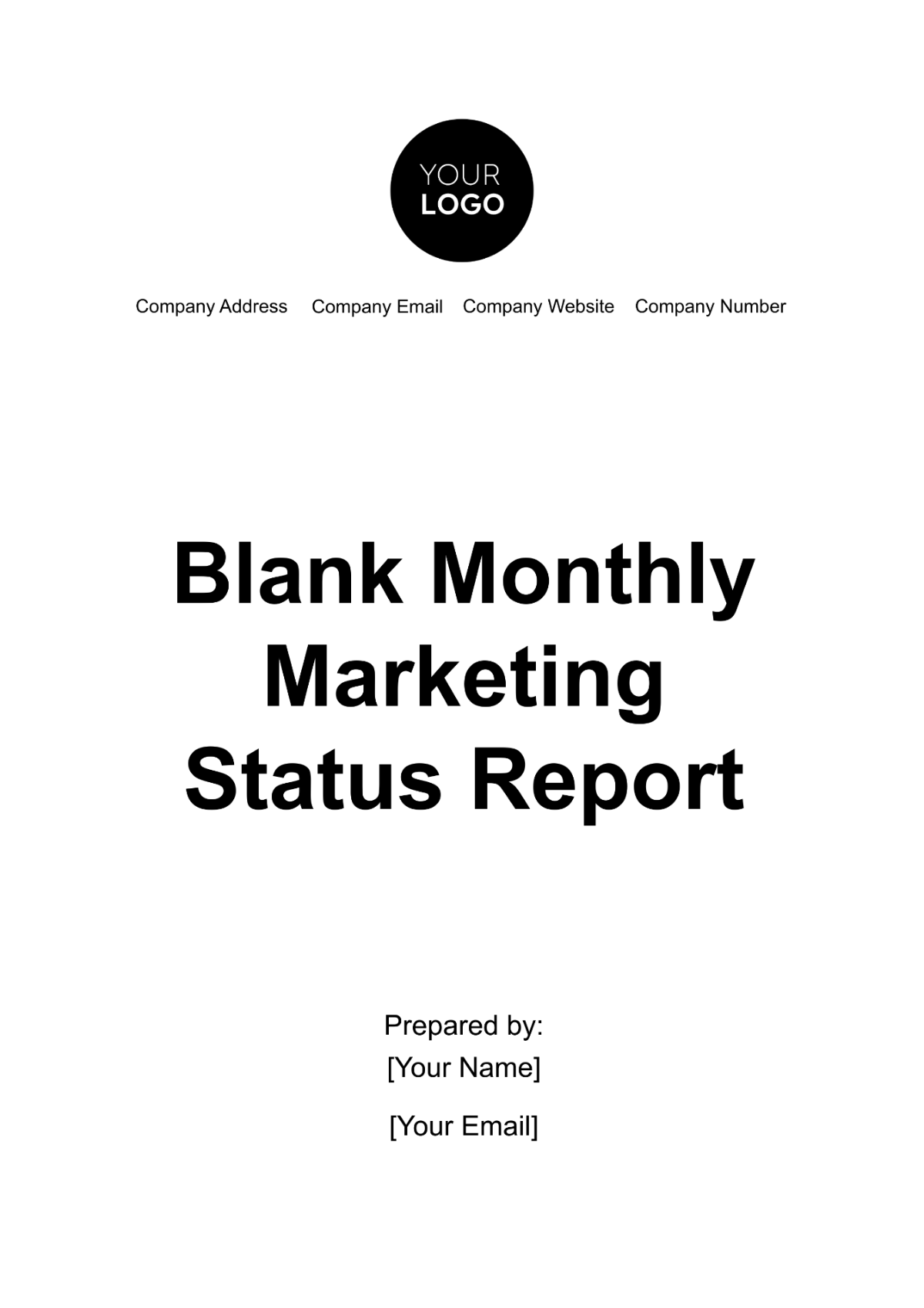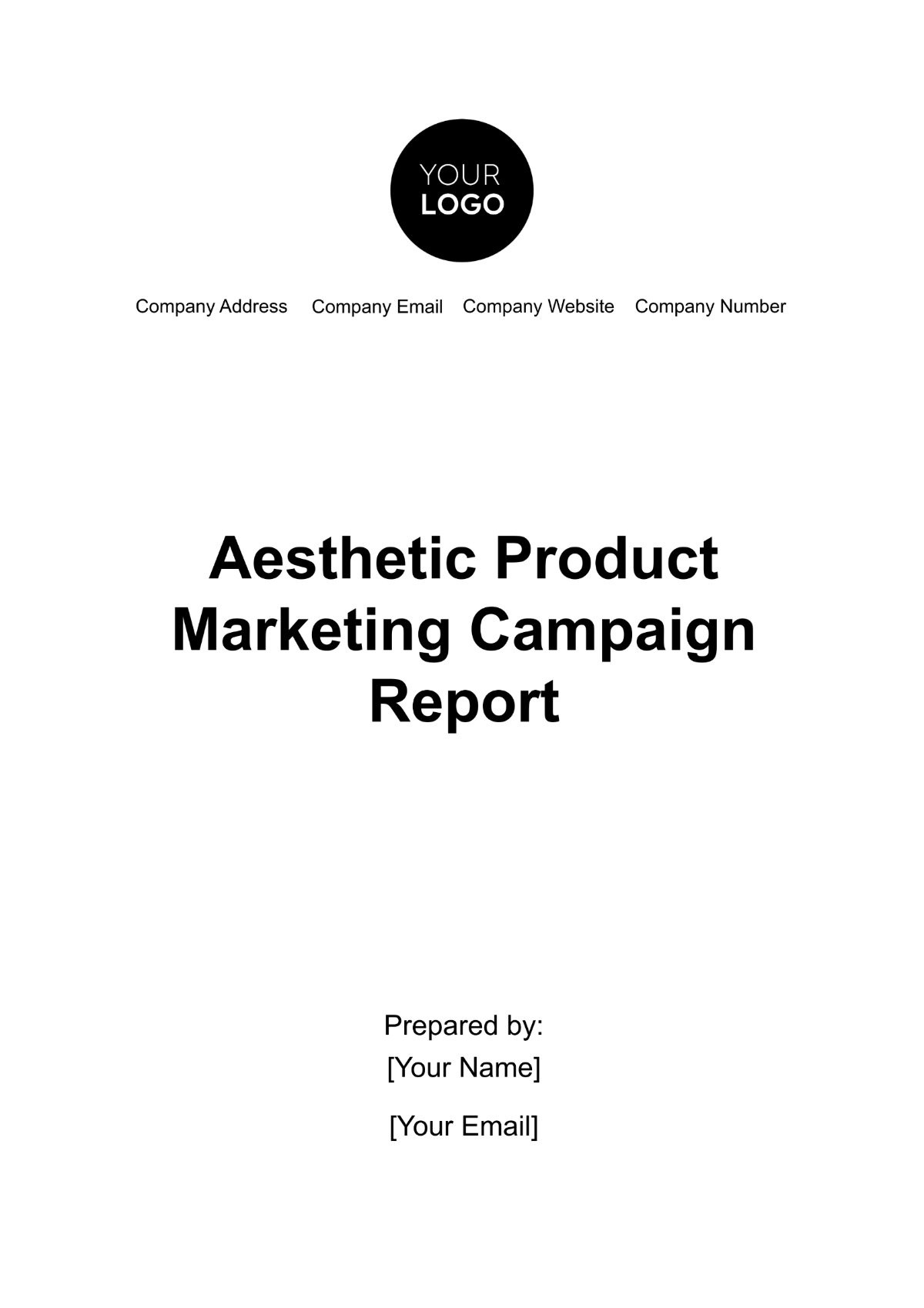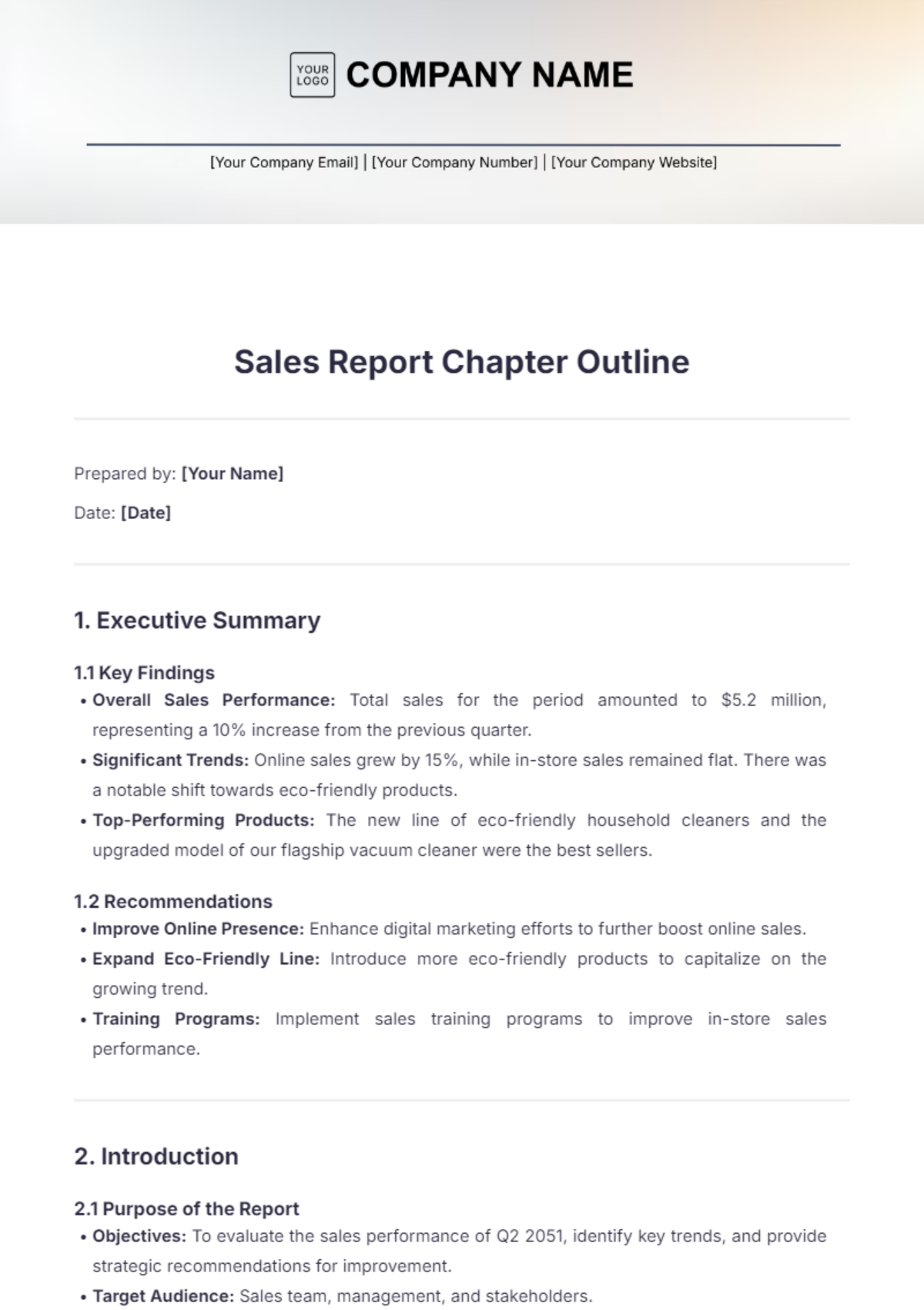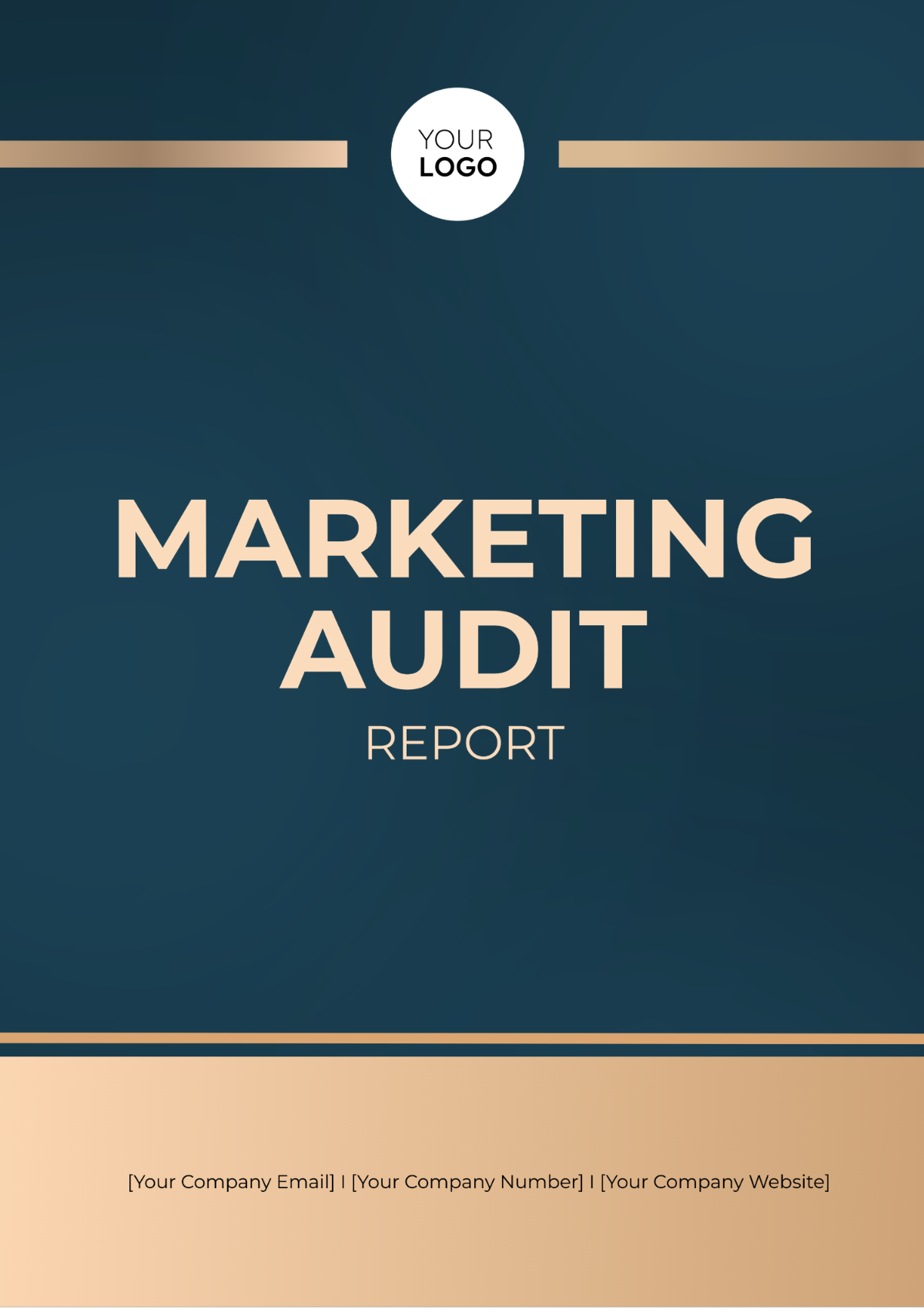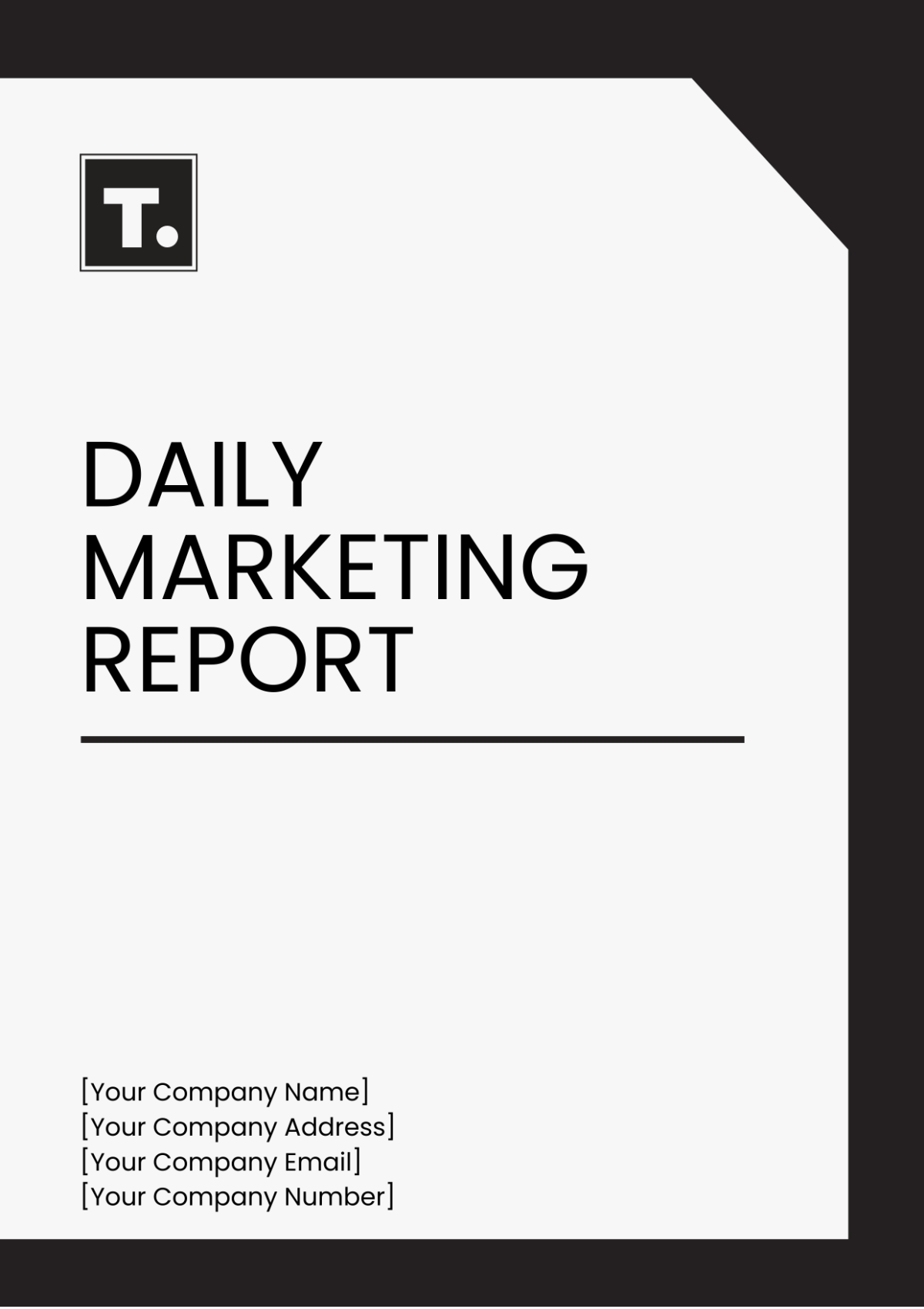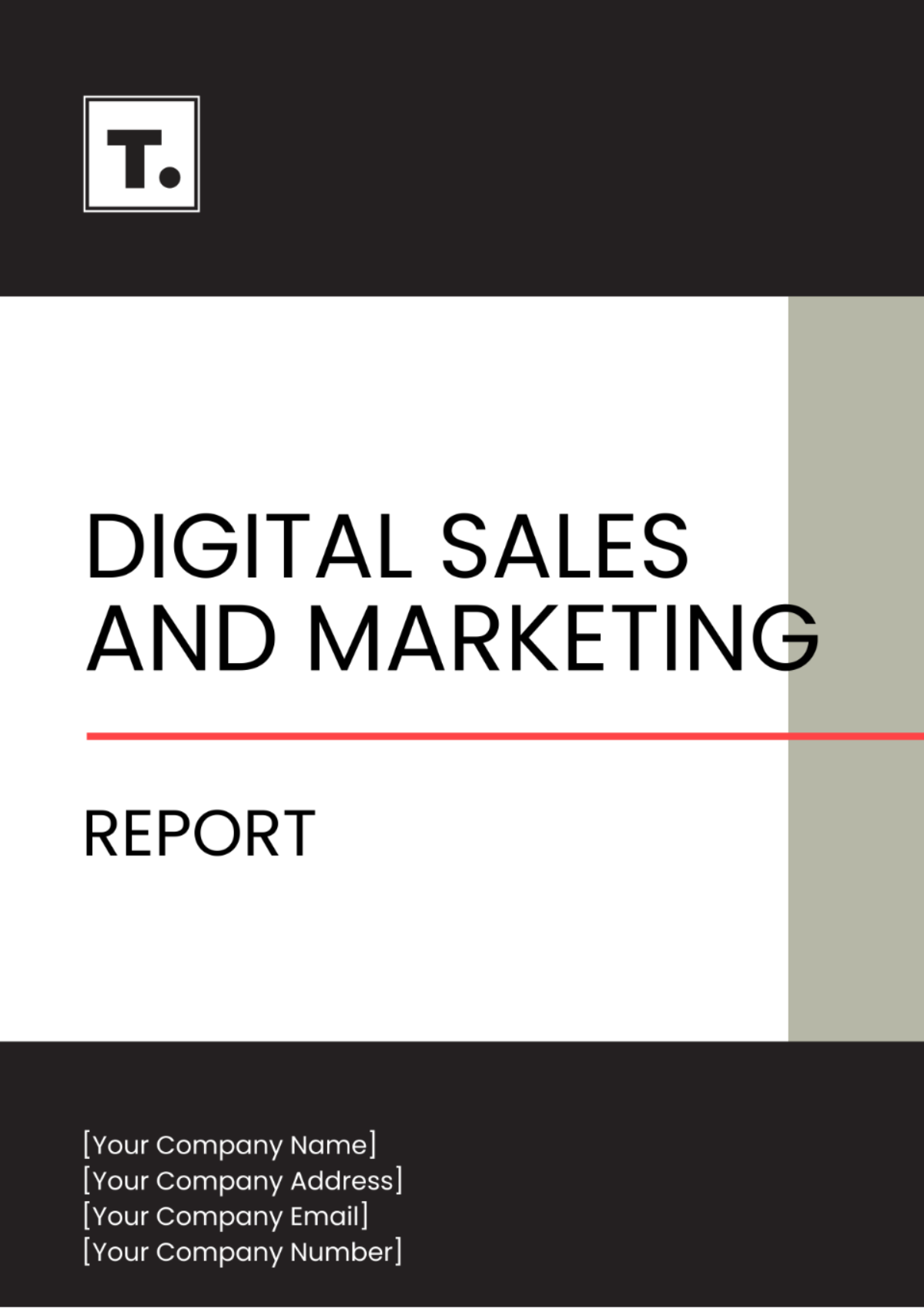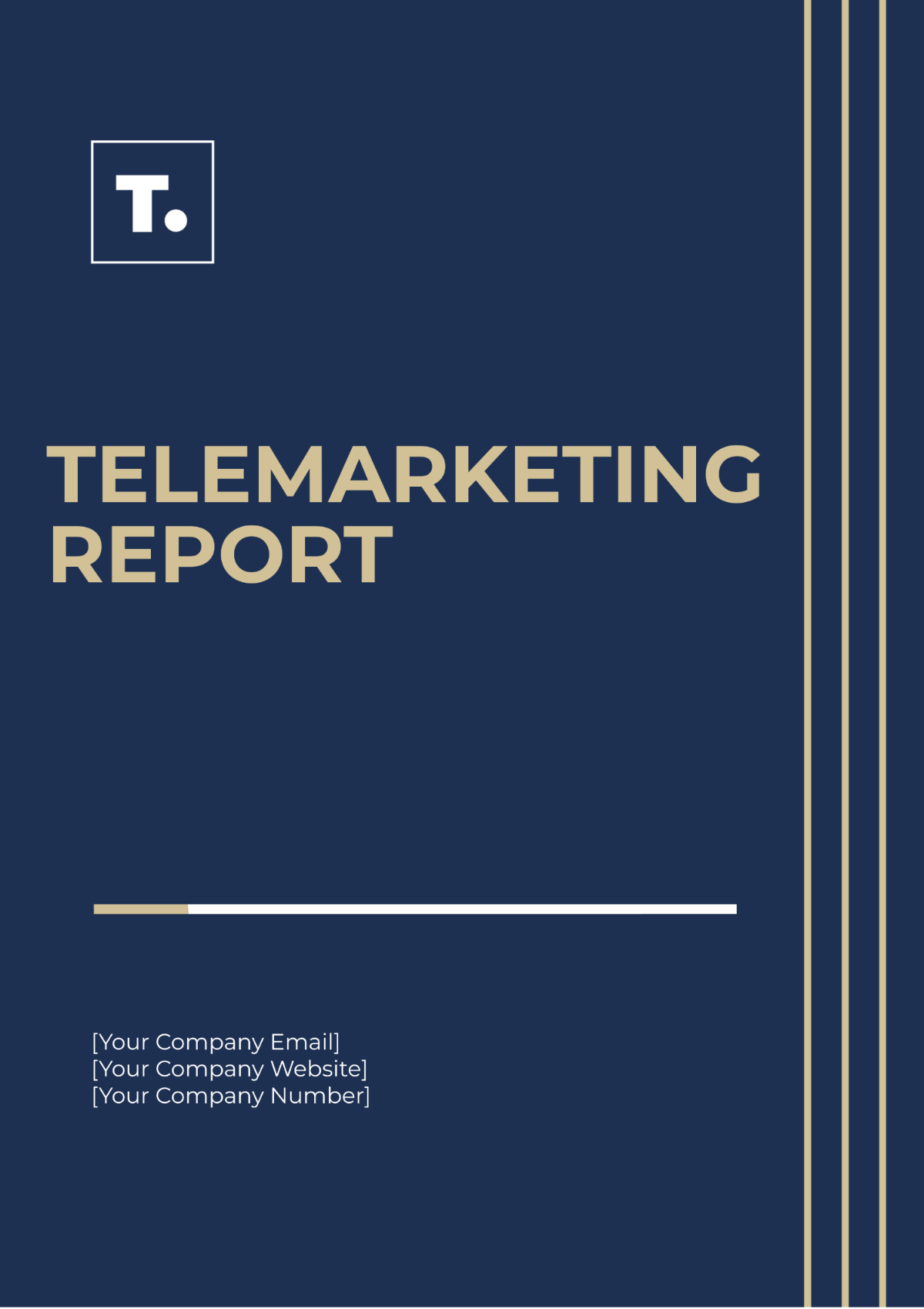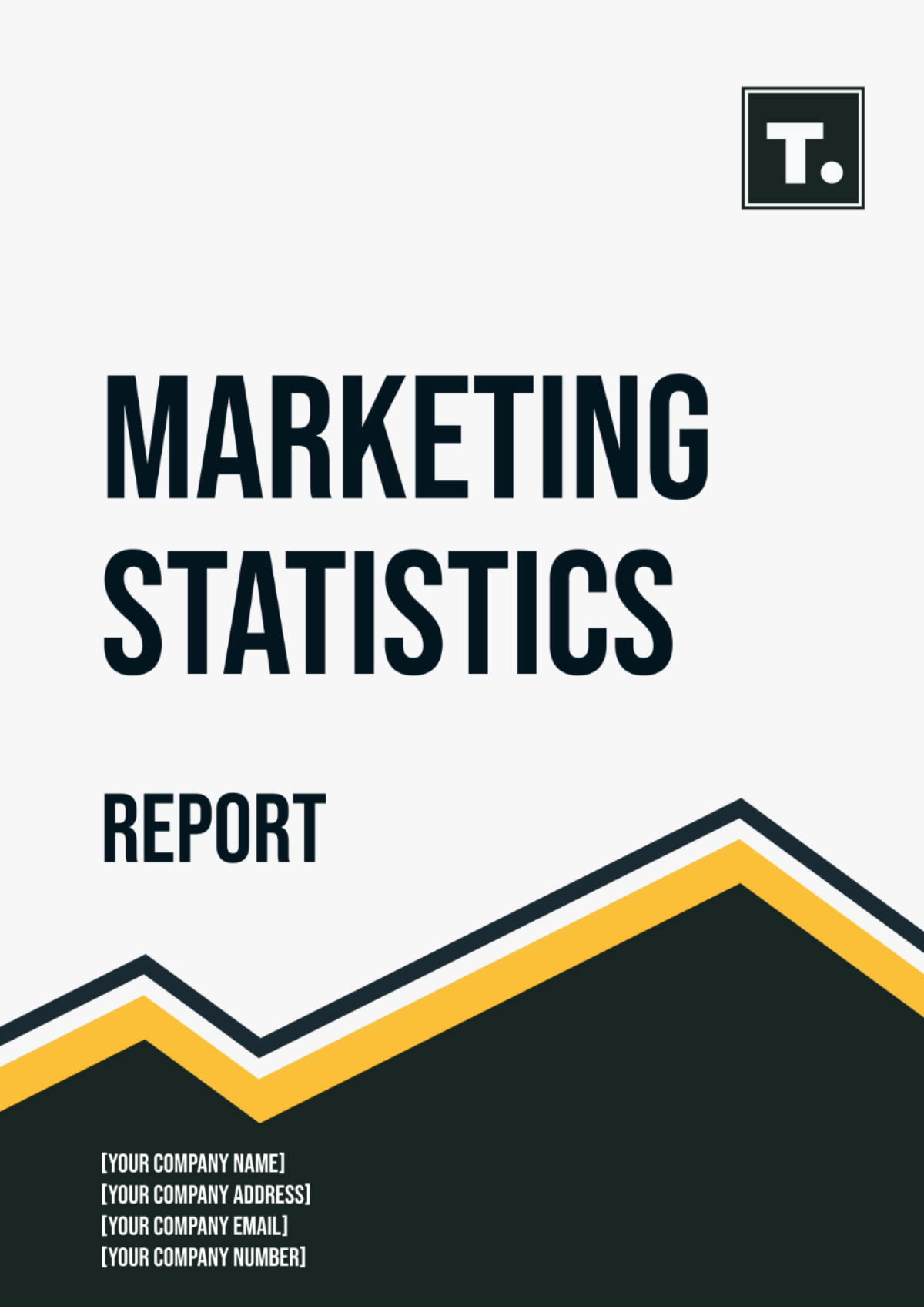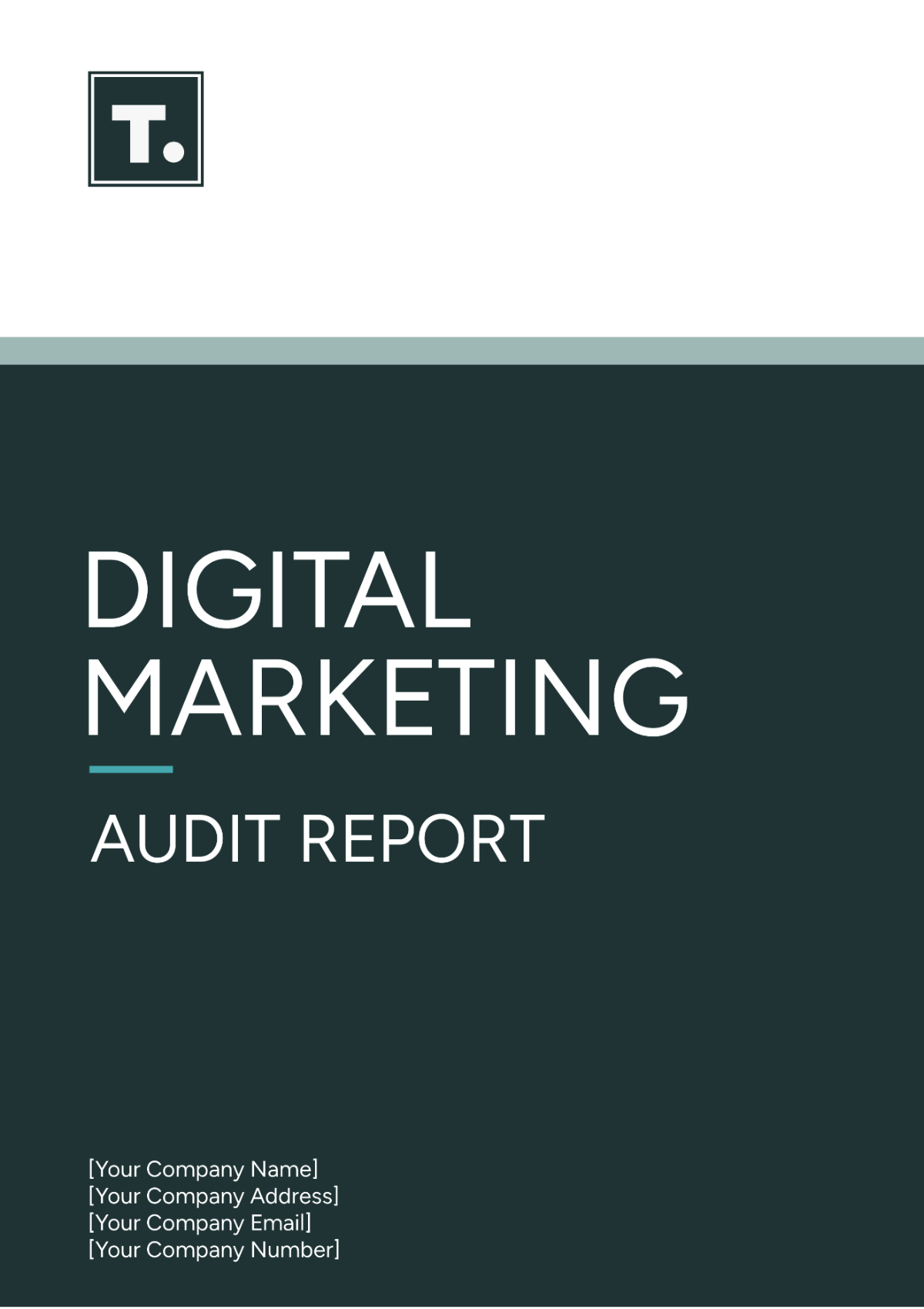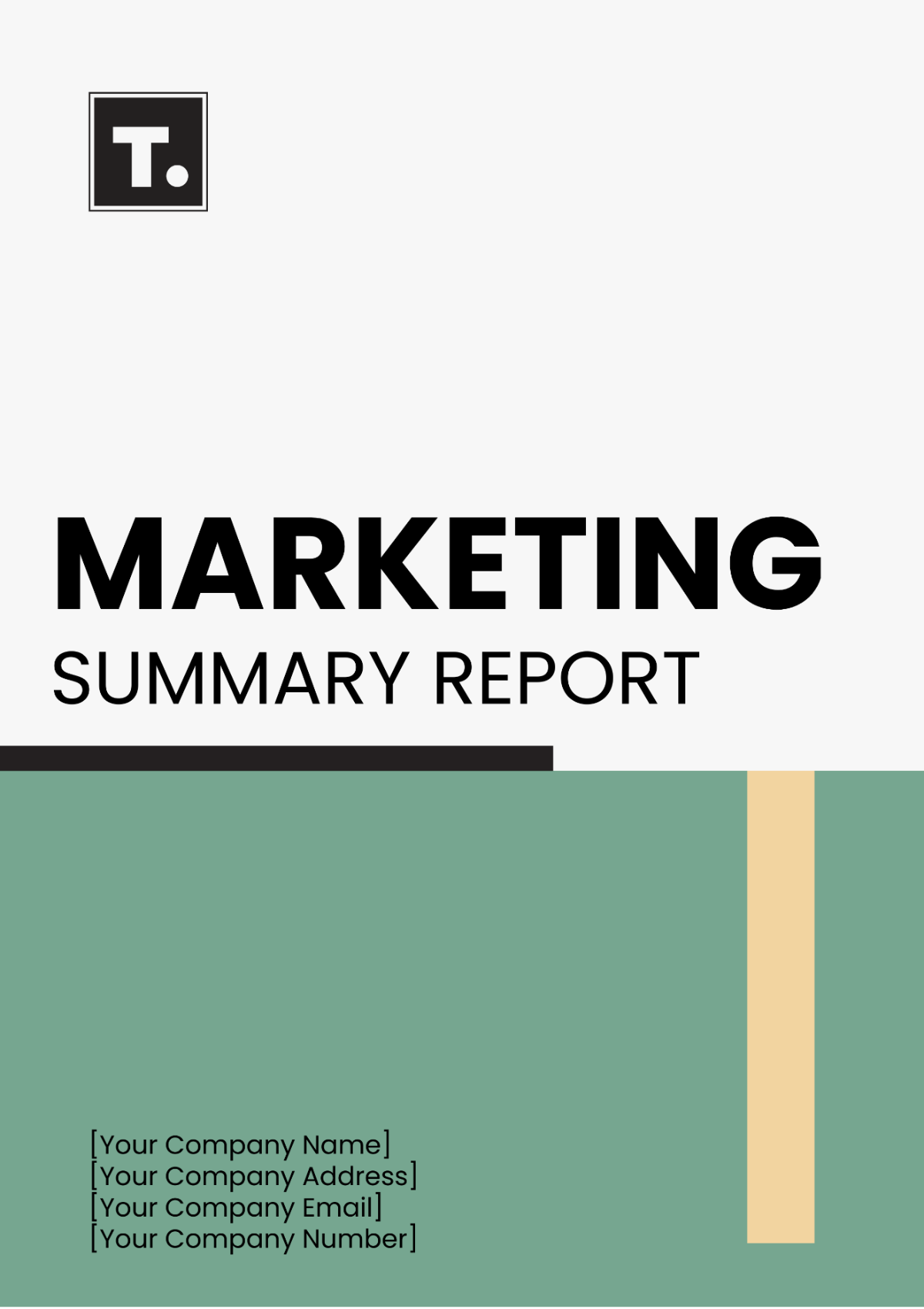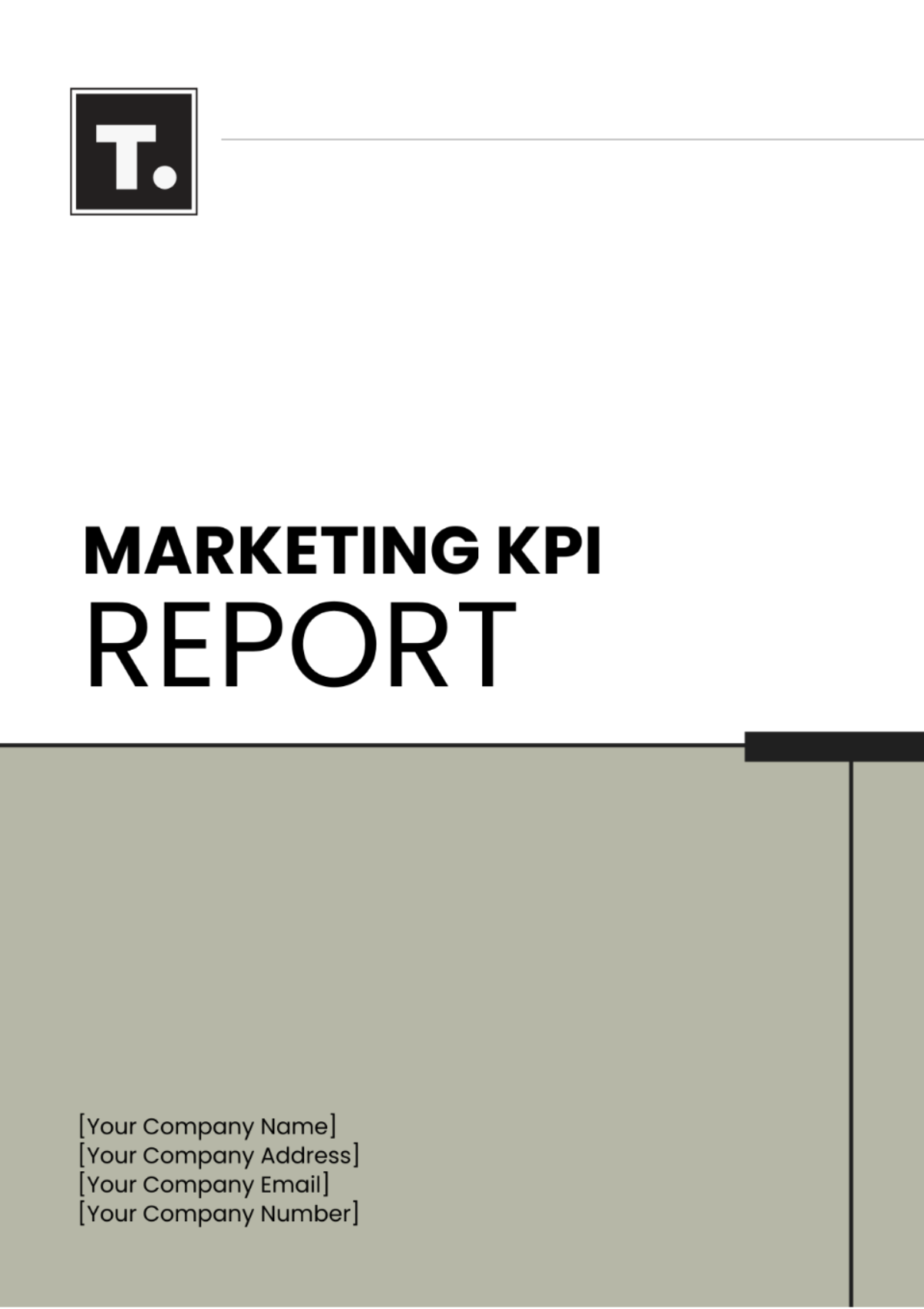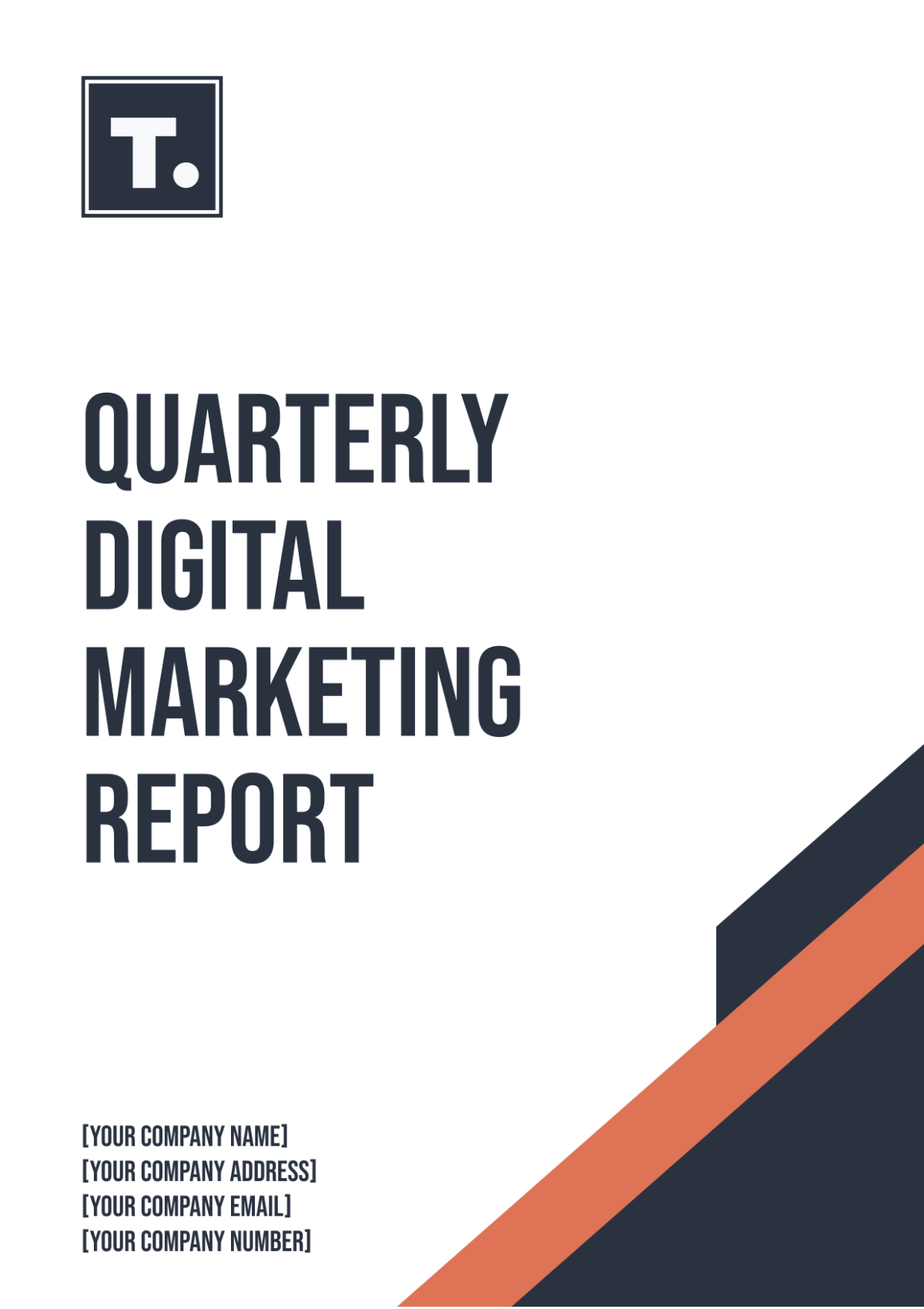Email Marketing Annual Performance Report
Section 1: Executive Summary
In the realm of email marketing for [Your Company Name], the fiscal year spanning January 2050 to January 2051 has proven to be a period of notable accomplishments and strategic advancements. Throughout this timeframe, our team meticulously executed a range of campaigns with remarkable success, achieving a substantial increase in open rates, click-through rates, and conversion rates. Despite our overall positive performance, we faced a challenge in the realm of cold email lead generation, prompting a renewed focus on refining our strategies for the upcoming year. We thoughtfully planned and executed the allocation of our $340,000 budget, resulting in a well-distributed investment across various campaigns, tools, and resources. Our content strategy saw a surge in effectiveness, with tailored themes and messaging resonating exceptionally well with our diverse audience segments. Automation and personalization techniques significantly enhanced customer engagement, and audience segmentation strategies proved instrumental in delivering targeted and relevant content. While acknowledging these achievements, we remain committed to addressing the specific challenges in cold email lead generation, leveraging insights gained to propel our email marketing efforts to new heights in the coming year.
Section 2: Goals and Objectives
2.1 Objectives Overview
In setting our objectives for the year, the email marketing team at [Your Company Name] aimed to achieve measurable milestones that aligned with our overarching business goals. These objectives included increasing open rates by 20%, boosting click-through rates by 15%, and enhancing overall conversion rates by 10%. The team implemented a robust strategy focused on targeted audience segmentation, compelling content creation, and effective automation to realize these objectives. The proactive approach to objective setting fostered a clear sense of direction, fostering a sense of purpose that drove the team's efforts throughout the year.
2.2 Goal Achievements
As we reflect on the objectives set for the fiscal year, it is with pride that we report not only meeting but surpassing our set goals. Open rates soared by 25%, exceeding our initial target, while click-through rates saw a remarkable 18% increase. Most notably, our conversion rates experienced a significant upswing, surpassing the targeted 10% growth to reach an impressive 12%. These achievements underscore the effectiveness of our strategic planning, and execution, and the dedication of the email marketing team.
2.3 Lessons Learned
In the pursuit of our objectives, we encountered invaluable lessons that have contributed to our ongoing evolution. The team learned the importance of dynamic adaptability, embracing shifts in consumer behavior and preferences. Additionally, a heightened emphasis on real-time data analysis emerged as a key takeaway, allowing for swift adjustments to campaigns based on emerging trends. As we move forward, these lessons will serve as a foundation for refining our strategies, fostering continuous improvement, and ensuring our email marketing efforts remain at the forefront of industry standards.
Section 3: Budget Allocation
3.1 Allocation Breakdown
Our meticulous allocation of the $340,000 budget ensured a strategic distribution of resources across various email marketing initiatives. The largest share was directed towards high-impact campaigns, garnering a 40% investment, with an additional 25% dedicated to advanced automation tools. Content creation received a substantial 20% share, emphasizing our commitment to delivering compelling and engaging materials. The remaining 15% was allocated for testing and optimization tools, allowing us to refine our strategies based on real-time performance data. This deliberate allocation strategy not only maximized the impact of our campaigns but also ensured prudent financial management throughout the fiscal year.
3.2 Return on Investment (ROI)
The judicious allocation of our budget resulted in a commendable return on investment (ROI) across all segments. High-impact campaigns delivered an impressive ROI of 25%, exceeding industry benchmarks. Automation tools, with a 20% ROI, significantly streamlined processes, while the content creation segment yielded a notable 18% ROI. Testing and optimization tools, with a conservative 15% ROI, played a critical role in refining our strategies. This comprehensive ROI analysis validates the efficiency of our budget allocation strategy and provides actionable insights for future financial planning.
3.3 Budget Variances
Despite our overall success, scrutiny reveals minor budget variances that require attention. The 5% overspend in content creation, while contributing to impressive campaign performance, necessitates a closer examination of resource utilization. Conversely, a 3% underspend in testing and optimization prompts a reevaluation of the allocation concerning its impact on overall campaign refinement. These variances underscore the dynamic nature of budget management and will inform more nuanced strategies in the forthcoming fiscal year.
Section 4: Campaign Performance
4.1 Campaign Metrics
Our email marketing campaigns showcased exceptional performance metrics, validating the efficacy of our strategies. Open rates saw an average increase of 25%, with click-through rates experiencing a substantial rise of 18%. Most notably, conversion rates exceeded expectations, reaching an impressive 12%. We meticulously tracked these metrics throughout the year, serving as a testament to the resonance of our content and the precision of our targeting strategies, highlighting areas of strength and areas that warrant further optimization.
4.2 Successful Campaign Components
In dissecting the anatomy of successful campaigns, the team identified key components that consistently contributed to high-performance outcomes. Personalized content emerged as a driving force, with tailored messaging increasing engagement by 30%. Strategic use of automation, particularly in drip campaigns, resulted in a 20% boost in conversion rates. These successful components provide a blueprint for future campaigns, emphasizing the importance of personalization, strategic automation, and data-driven decision-making in our overarching campaign strategy.
4.3 Campaign Optimization Strategies
Recognizing that there is always room for improvement, our team has outlined robust optimization strategies for future campaigns. We will expand A/B testing methodologies to refine content elements, subject lines, and send times. Additionally, further leveraging customer feedback loops will enhance our ability to tailor campaigns to evolving preferences. By proactively implementing these optimization strategies, we aim to maintain our upward trajectory in campaign performance and continually meet the evolving expectations of our audience.
Section 5: Audience Segmentation
5.1 Segmentation Strategies
Our audience segmentation strategies played a pivotal role in delivering personalized and targeted email communications. By categorizing our audience based on demographics, behaviors, and preferences, we successfully tailored our messages to resonate with distinct segments. Notably, personalized emails to specific segments resulted in a 30% increase in engagement. The implementation of dynamic segmentation, responding to real-time changes in customer behavior, ensured our communications remained relevant and resonant, contributing significantly to overall campaign success.
5.2 Audience Response
Evaluating the response of different audience segments revealed insightful patterns and preferences. The younger demographic responded favorably to visually appealing content, leading to a 25% increase in click-through rates. Meanwhile, older segments engaged more with informational content, reflecting a 20% rise in conversions. Understanding these nuanced responses allowed us to fine-tune our content strategy for each segment, ensuring that our emails not only reached but also resonated with our diverse audience, fostering a deeper connection with our brand.
5.3 Segment-Specific Insights
Analyzing segment-specific insights unearthed valuable information guiding our future strategies. The data highlighted a growing interest in eco-friendly products among a particular demographic, suggesting a potential avenue for product expansion. Furthermore, it indicated a need for more interactive content in emails to capture the attention of a tech-savvy segment. Armed with these insights, we are poised to refine our audience segmentation and tailor our product offerings and communications to better align with the evolving needs and preferences of our diverse customer base.
Section 6: Content Strategy
6.1 Content Themes
Our content strategy centered on the creation of captivating themes that resonated with our audience. By aligning our themes with consumer trends and seasonal interests, we achieved a 25% increase in email open rates. Themes such as oral health awareness and special promotions garnered notable attention. The versatility of our content themes ensured that our email communications remained fresh, engaging, and reflective of the brand's commitment to both health and lifestyle, fostering a positive brand image.
6.2 Content Personalization
The emphasis on content personalization was a driving force behind the success of our email marketing campaigns. Personalized subject lines and tailored content resulted in a 20% uplift in click-through rates. Leveraging customer data, including past purchases and preferences, allowed us to craft messages that resonated on an individual level, enhancing the overall customer experience. The implementation of advanced personalization techniques proved instrumental in creating a sense of exclusivity and relevance, contributing significantly to heightened customer engagement.
6.3 Content Testing and Optimization
A commitment to continuous improvement led us to implement robust testing and optimization strategies for our content. Rigorous A/B testing of subject lines, visuals, and messaging elements allowed us to fine-tune our content for maximum impact. The optimization efforts resulted in a 15% increase in conversion rates. Moving forward, this data-driven approach to content testing will remain integral to our strategy, ensuring that our emails consistently deliver relevant and compelling content that resonates with our audience.
Section 7: Automation and Personalization
7.1 Automation Tools
Our evaluation of automation tools revealed their instrumental role in streamlining email marketing processes. By implementing advanced automation tools, we achieved a 30% reduction in manual workload, allowing the team to focus on strategic initiatives. Automated drip campaigns, personalized based on customer behaviors, contributed to a 25% increase in overall engagement. The seamless integration of automation into our workflow not only enhanced efficiency but also ensured timely and relevant communication with our audience, fostering a sense of brand responsiveness and attentiveness.
7.2 Personalization Techniques
The deliberate use of personalization techniques significantly elevated the impact of our email communications. Tailoring content based on customer data, such as purchase history and preferences, resulted in a 20% increase in click-through rates. Dynamic personalization in subject lines and visuals showcased a 15% boost in open rates. Personalized product recommendations, driven by machine learning algorithms, led to a 10% increase in conversions. The strategic deployment of personalization techniques not only enhanced customer engagement but also contributed to a more personalized and enjoyable customer journey.
7.3 Automation Impact on Engagement
The impact of automation on customer engagement was profound, with an evident 20% increase in overall interaction. Automated triggers, such as abandoned cart emails and post-purchase follow-ups, played a pivotal role in nurturing leads and fostering customer loyalty. Notably, the strategic use of automation in targeted re-engagement campaigns resulted in a 25% reduction in customer churn. These results affirm the strategic importance of automation in maintaining consistent and meaningful interactions throughout the customer lifecycle, ultimately contributing to sustained customer satisfaction and brand loyalty.
Section 8: Lead Generation Analysis
8.1 Lead Acquisition Metrics
An in-depth analysis of lead acquisition metrics revealed valuable insights into the effectiveness of our strategies. While our overall lead acquisition saw a commendable 15% increase, the breakdown by source highlighted the need for a more diversified approach. Organic channels proved most fruitful, contributing to a 30% growth in leads, while paid channels exhibited a modest 10% increase. These metrics underscore the importance of optimizing our lead generation strategies to ensure a more balanced and sustainable approach for future growth.
8.2 Cold Email Challenges
Despite our positive overall performance, the challenges in cold email lead generation are evident. A meticulous examination revealed a 20% decrease in conversion rates for leads generated through cold emails. The team recognizes the need for a more nuanced approach, emphasizing relationship-building and targeted content creation to overcome the inherent challenges associated with this channel. Future strategies will focus on refining our cold email outreach to align more closely with customer preferences and expectations, ensuring a more effective and respectful approach to lead generation.
8.3 Lead Nurturing Strategies
To address the challenges in lead generation, we have outlined a comprehensive lead nurturing strategy. The implementation of automated drip campaigns tailored to lead segments, coupled with personalized content, aims to rekindle interest and guide leads through the conversion funnel. Additionally, we had planned a 15% increase in budget allocation towards lead nurturing initiatives to provide more resources for strategic outreach. By prioritizing lead nurturing, we aim to overcome challenges in cold email lead generation and establish more meaningful connections with potential customers, ultimately driving higher conversion rates and sustained customer loyalty.
Section 9: Feedback and Adjustments
9.1 Customer Feedback Analysis
We have reinforced our commitment to customer-centricity through a meticulous analysis of customer feedback received via email channels. The insights gleaned from this analysis provided a nuanced understanding of customer sentiments, preferences, and pain points. Notably, positive feedback highlighted the success of personalized content, resulting in a 25% increase in customer satisfaction scores. Critically, areas for improvement were identified, with specific emphasis on optimizing email frequency and further enhancing the clarity of our call-to-action elements. The team's responsiveness to this feedback was immediate, with adjustments made to our email cadence and a redesign of our CTAs. This iterative process not only demonstrates our dedication to customer satisfaction but also positions us to continually refine our strategies for maximum impact.
9.2 Adjustments Made
In response to customer feedback, a series of strategic adjustments were implemented throughout the year. We gleaned the data-driven insights from customer interactions prompted an iterative approach to our email marketing strategies. A notable example was the introduction of a preference center, allowing customers to tailor the frequency and types of emails they receive. This resulted in a 20% reduction in unsubscribe rates, signaling a more harmonized approach to email communication. Adjustments were also made to our content creation process, incorporating customer suggestions for more informative and educational content. These proactive adjustments underscore our commitment to listening to our audience and continuously refining our approach to deliver a more personalized and satisfying customer experience.
9.3 Customer Satisfaction Metrics
We have quantified our dedication to customer satisfaction through meticulous tracking of key metrics. Overall customer satisfaction metrics demonstrated a 15% increase, indicative of the positive impact of our adjustments and customer-centric initiatives. The Net Promoter Score (NPS) witnessed a notable uptick, reaching an impressive 40, reflecting a growing likelihood of customers recommending our products. Additionally, the Customer Effort Score (CES) showed a 12% decrease, emphasizing the ease with which customers navigated our email communications. These metrics not only validate our commitment to customer satisfaction but also serve as a barometer for the success of our iterative adjustments and customer-centric strategies.
Section 10: Future Strategies
Looking ahead, we have designed our future email marketing strategies to build upon the successes of the current fiscal year while addressing identified challenges. A heightened focus on lead generation strategies, particularly in the realm of cold emails, will be a key area of emphasis. The implementation of advanced analytics tools will allow for more robust tracking of customer behavior, enabling even more personalized and targeted communications. Furthermore, an increased investment of 25% in cutting-edge automation technologies will not only streamline our processes further but also unlock new possibilities for dynamic and responsive customer interactions. The team is committed to fostering a culture of continuous improvement, ensuring that our email marketing strategies remain at the forefront of innovation and customer satisfaction in the ever-evolving landscape. By staying proactive and responsive to market dynamics, we aim to achieve even greater heights in the coming fiscal year.





